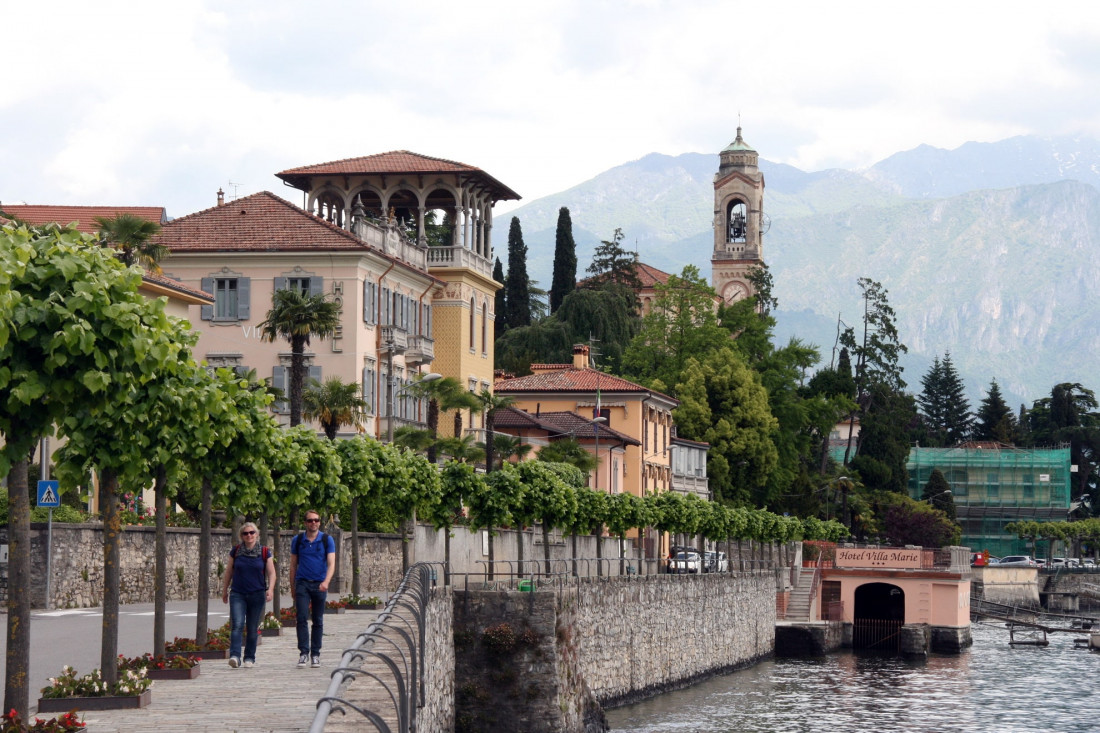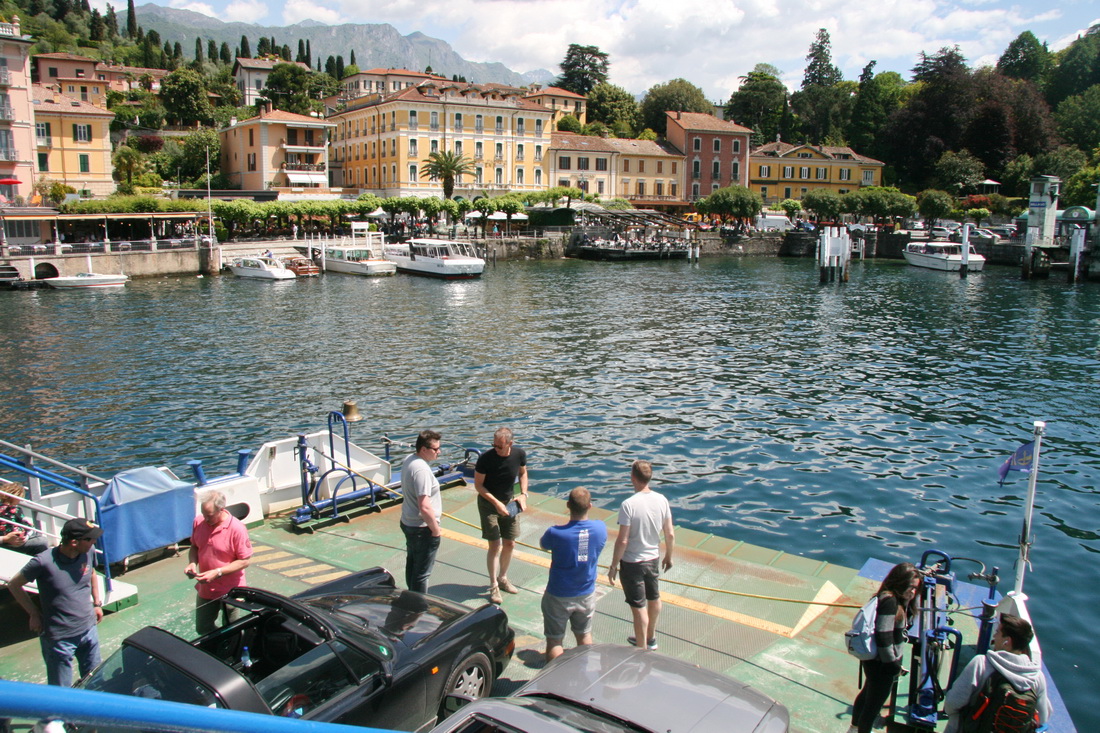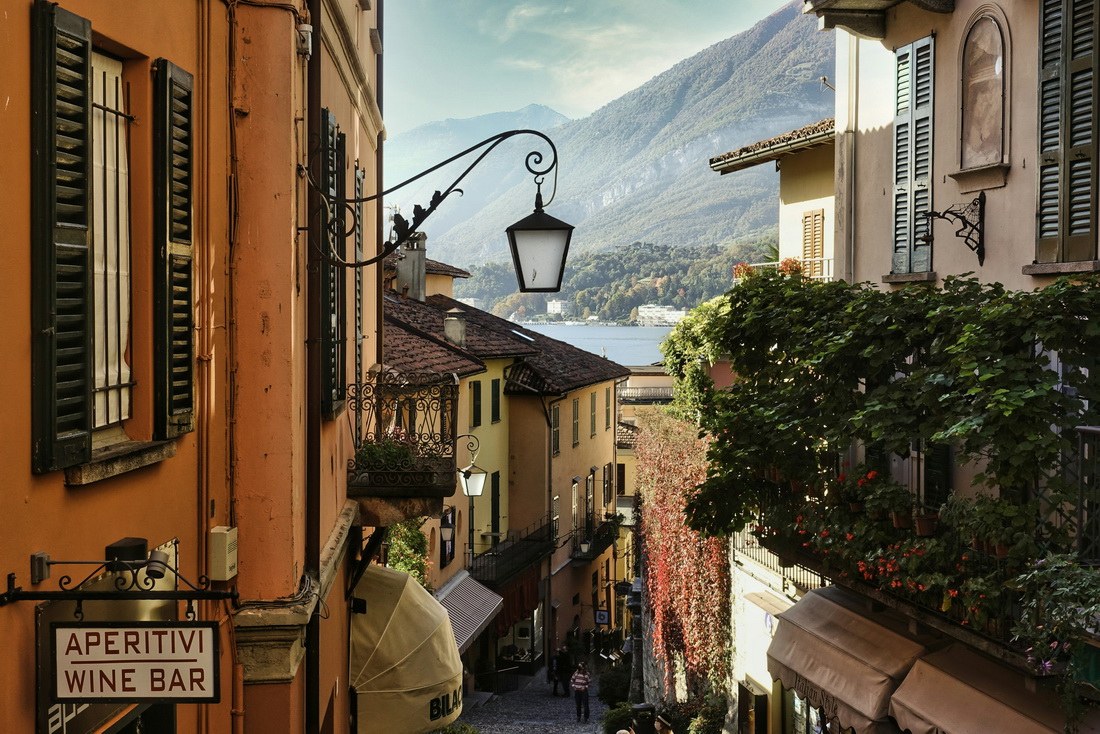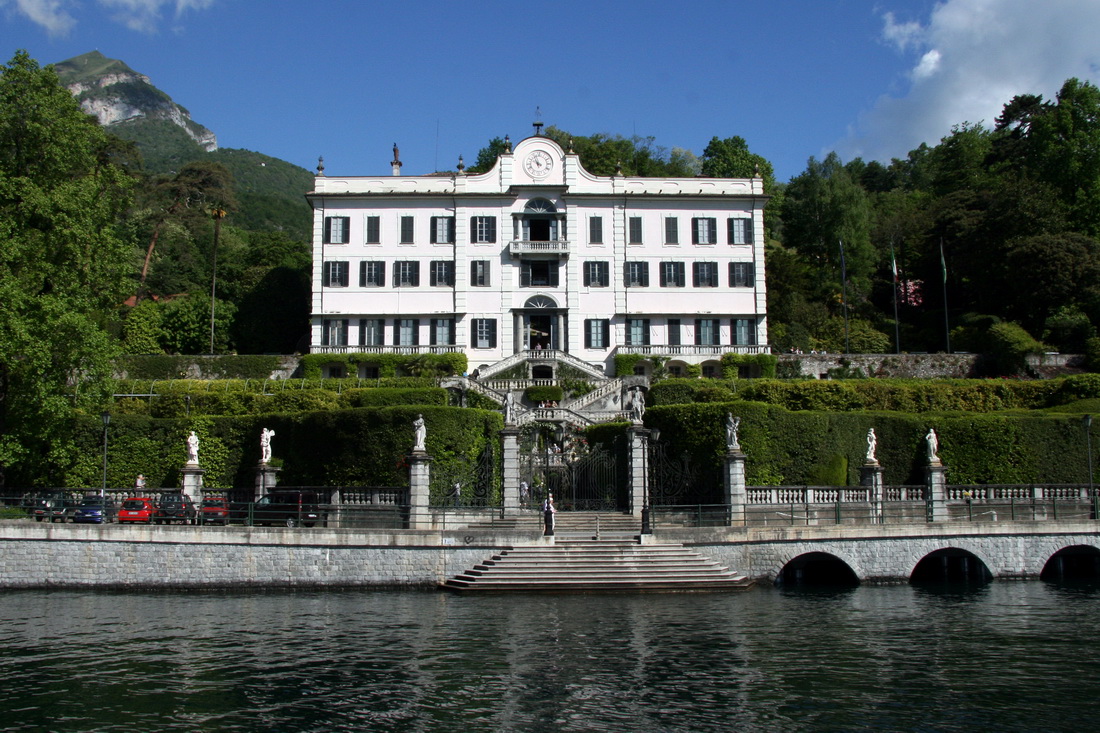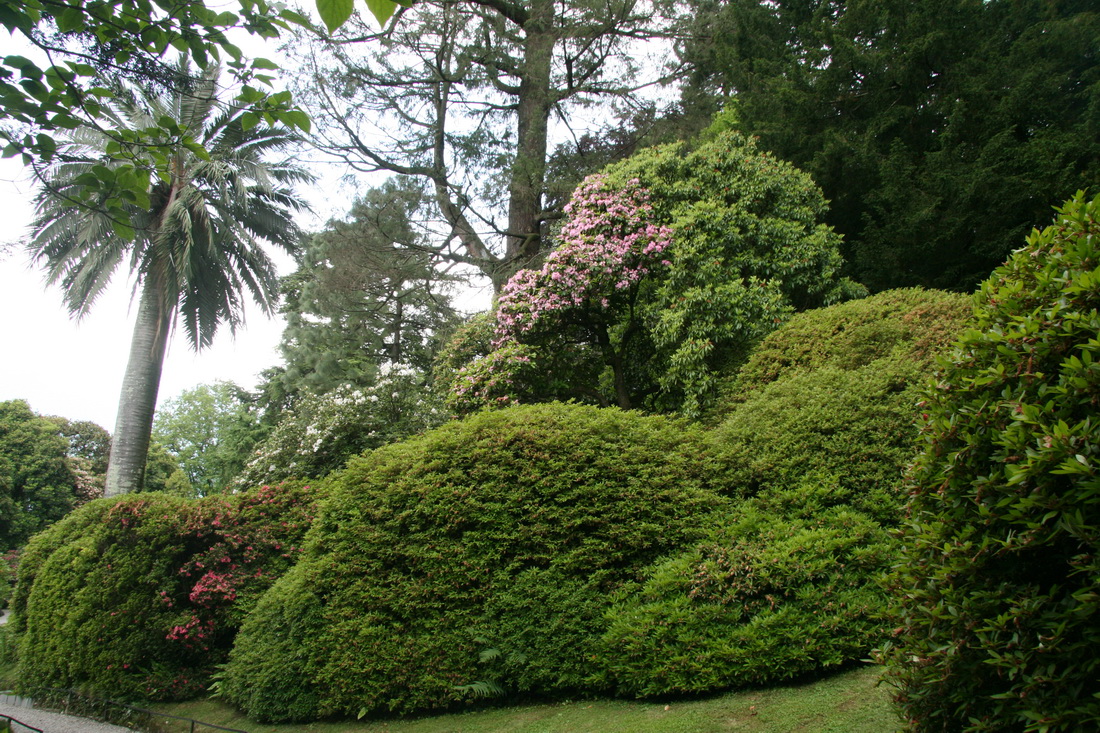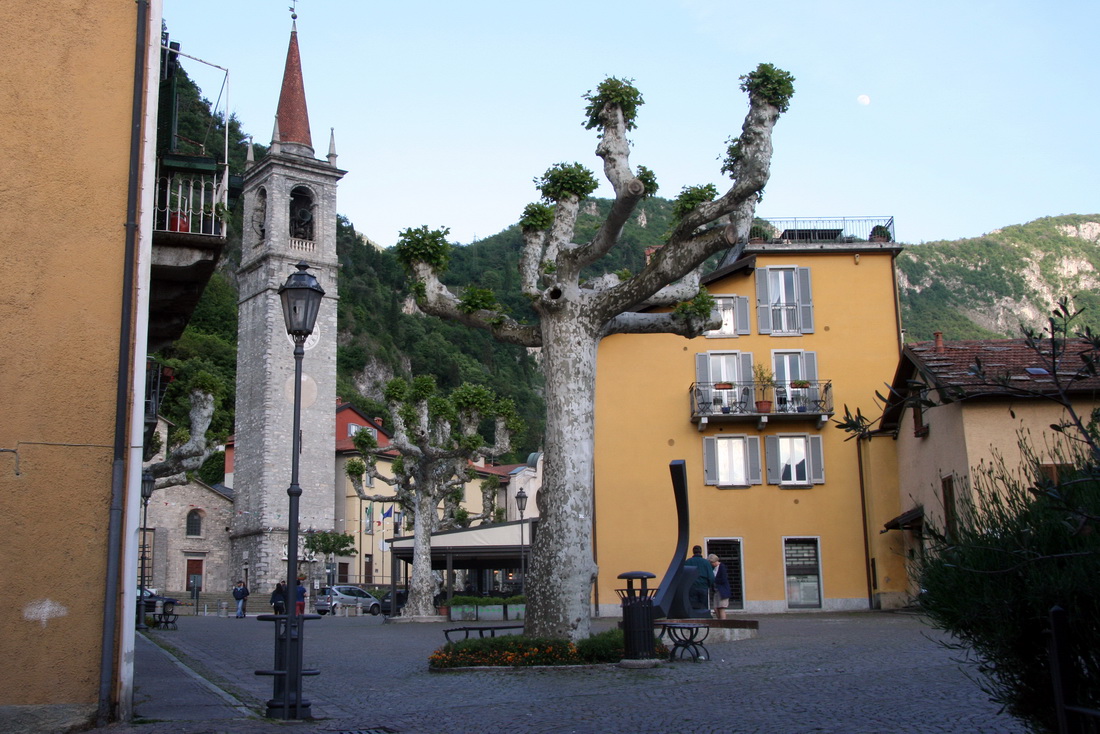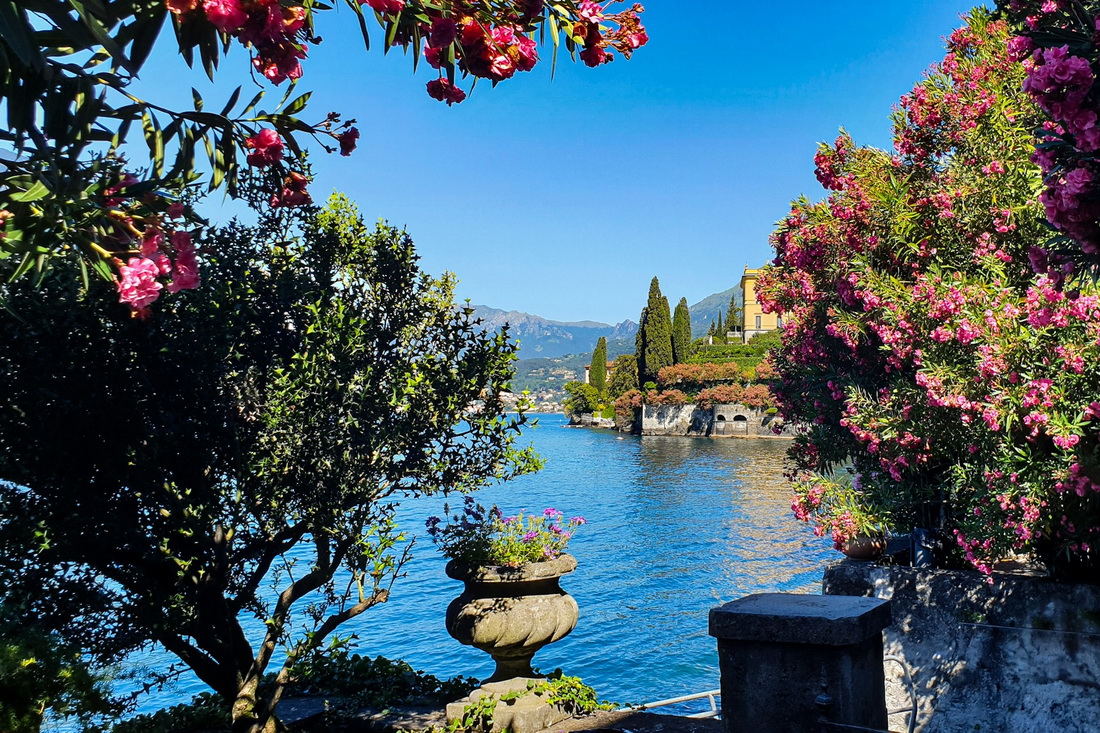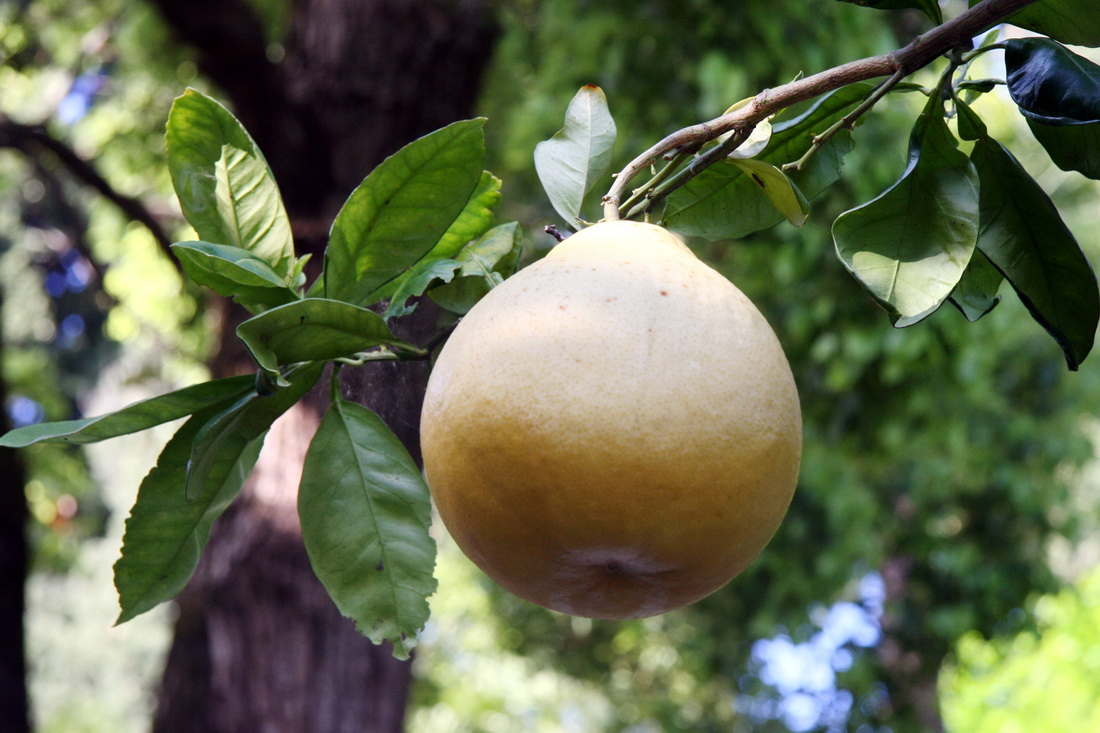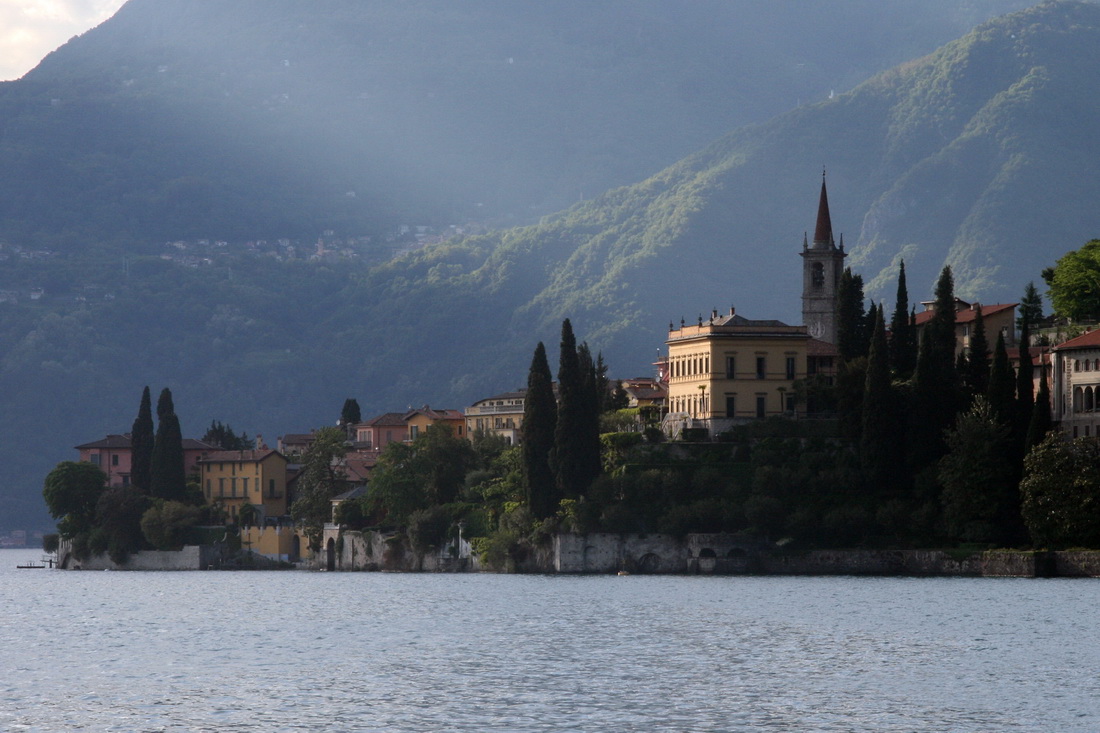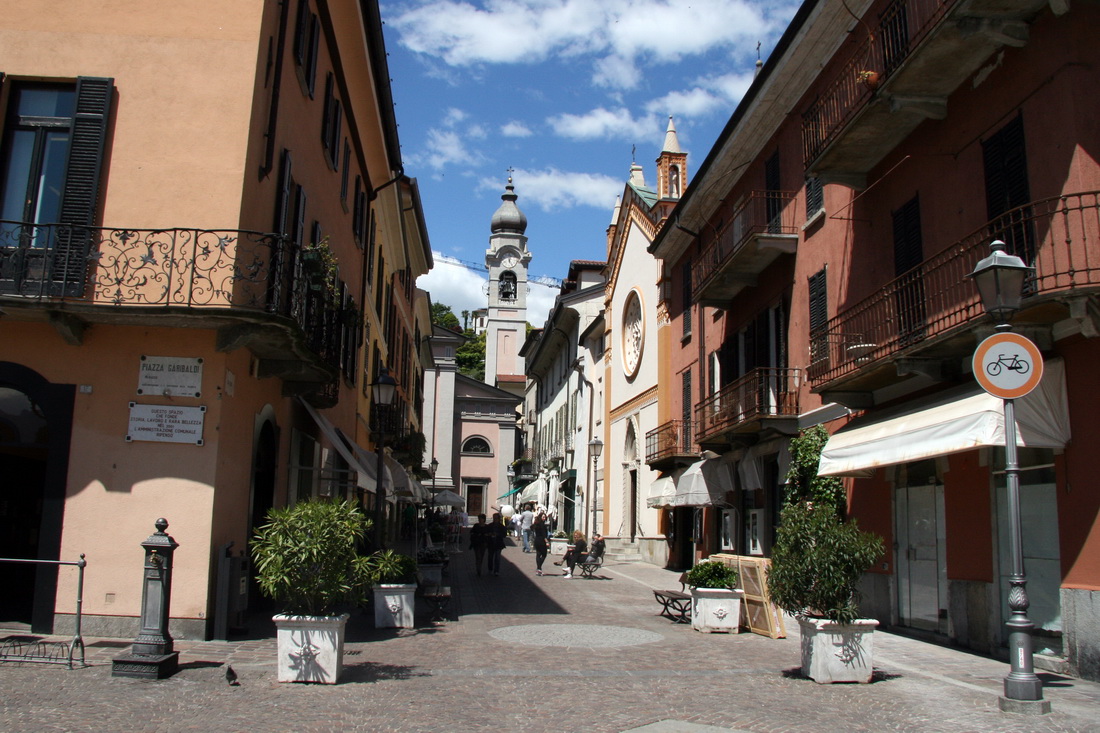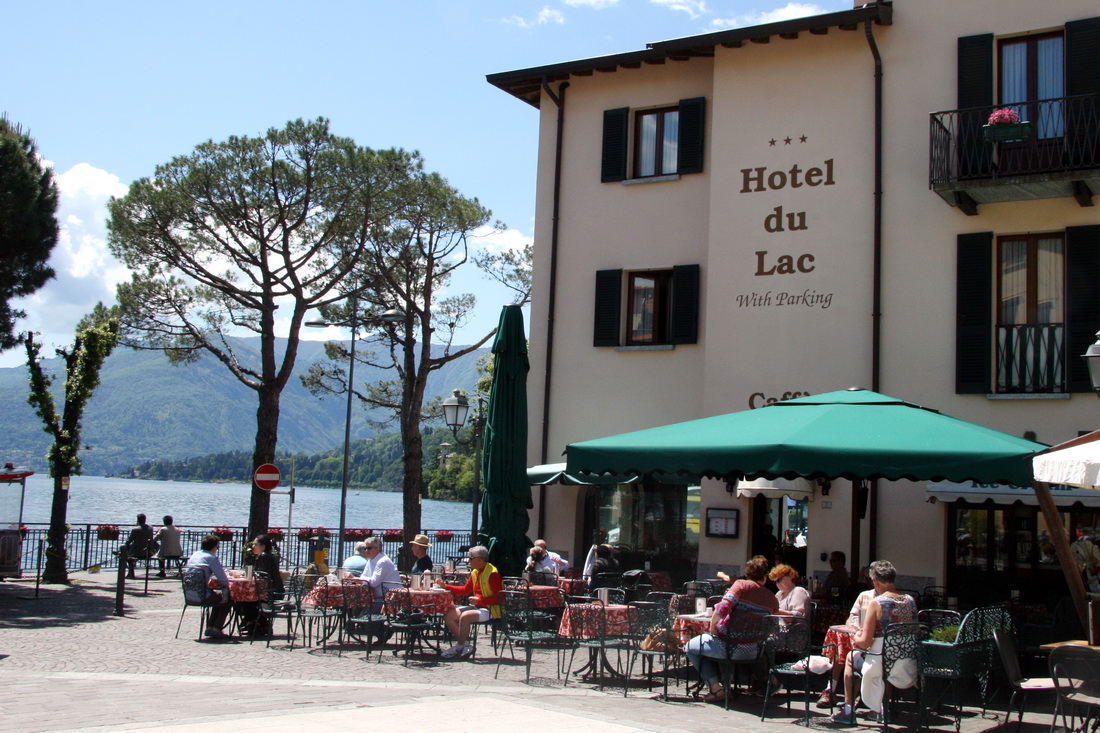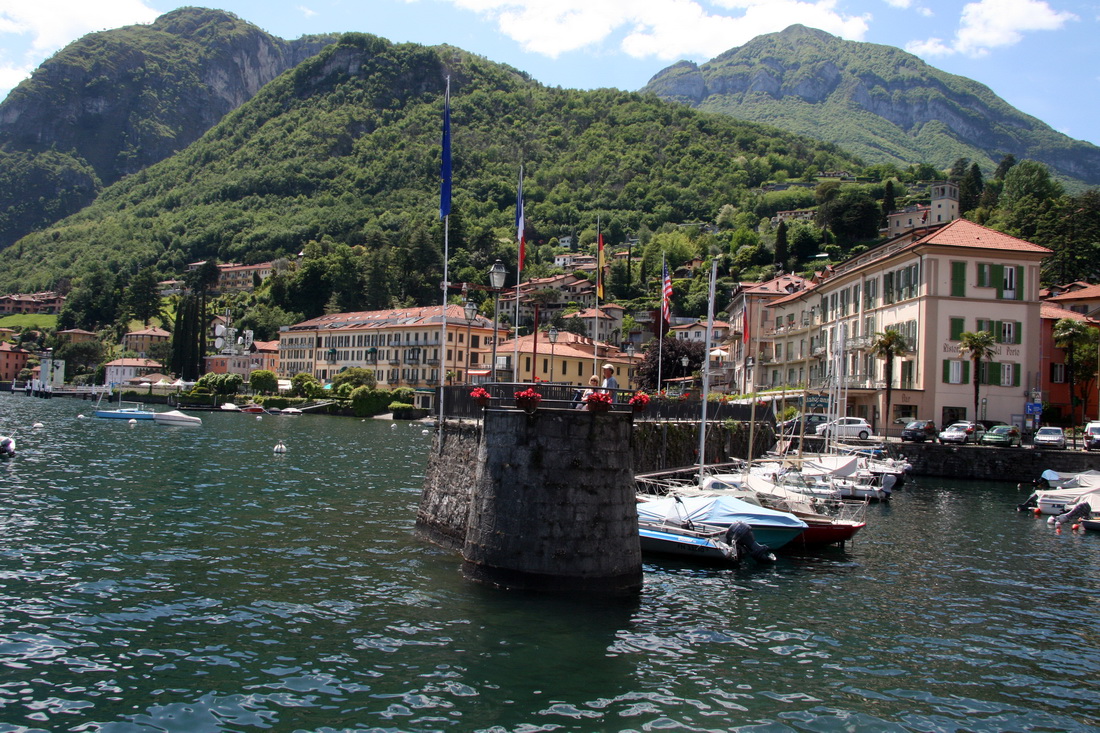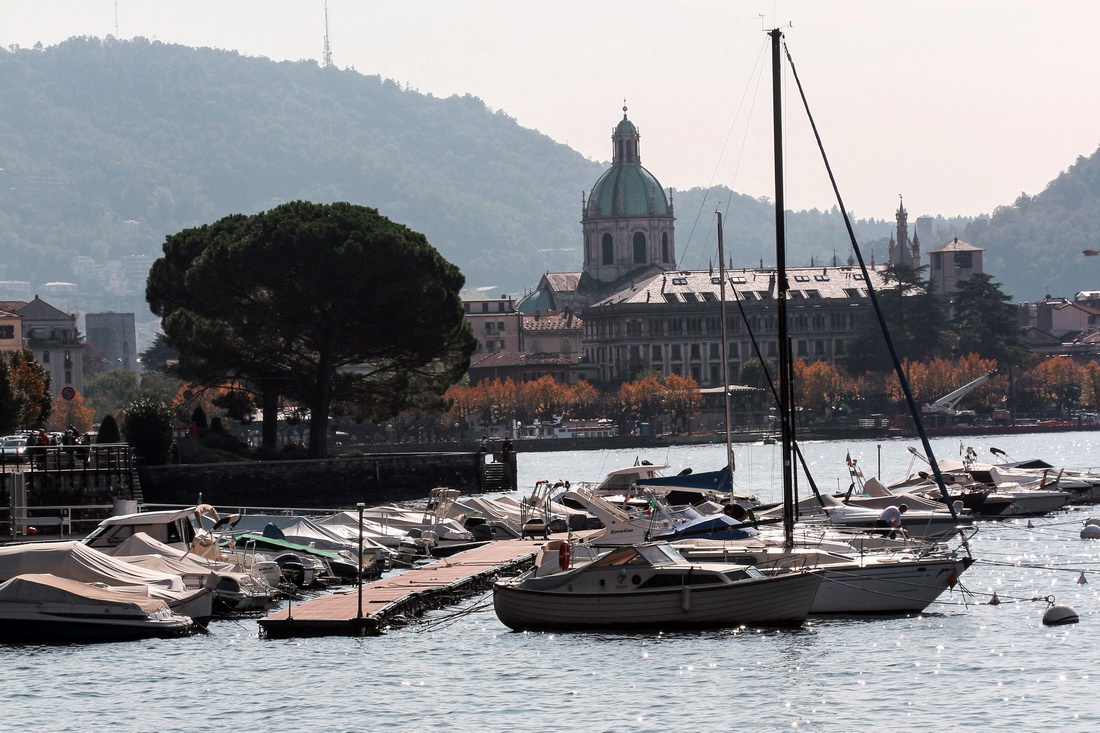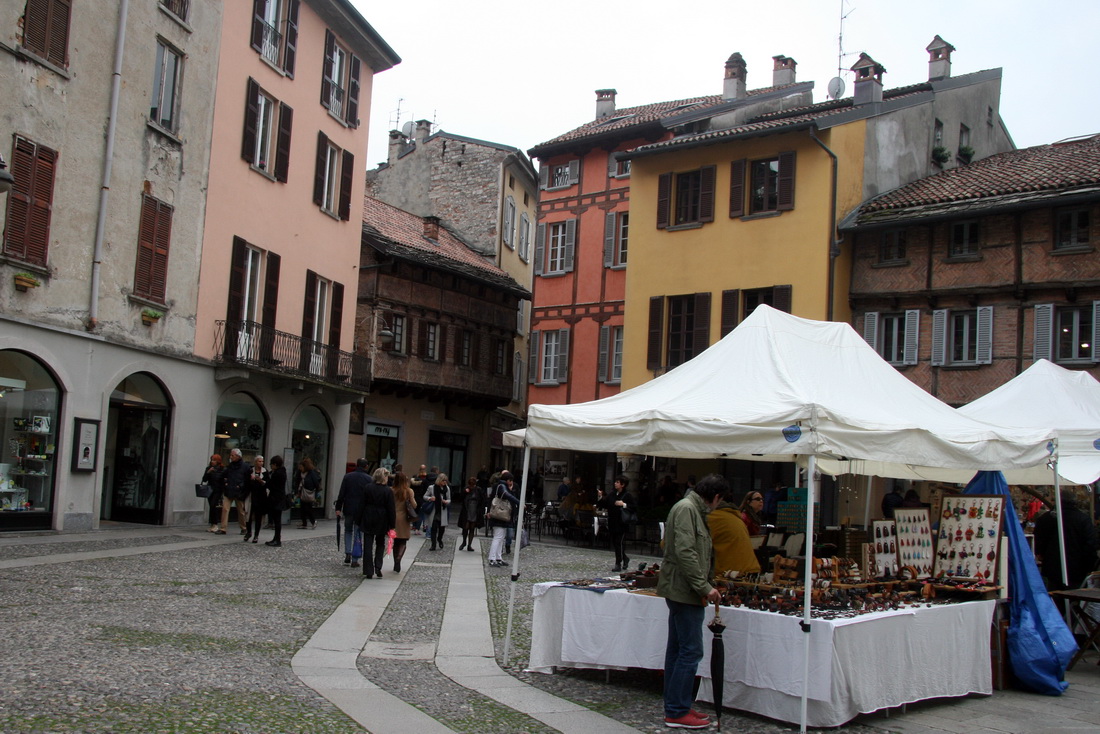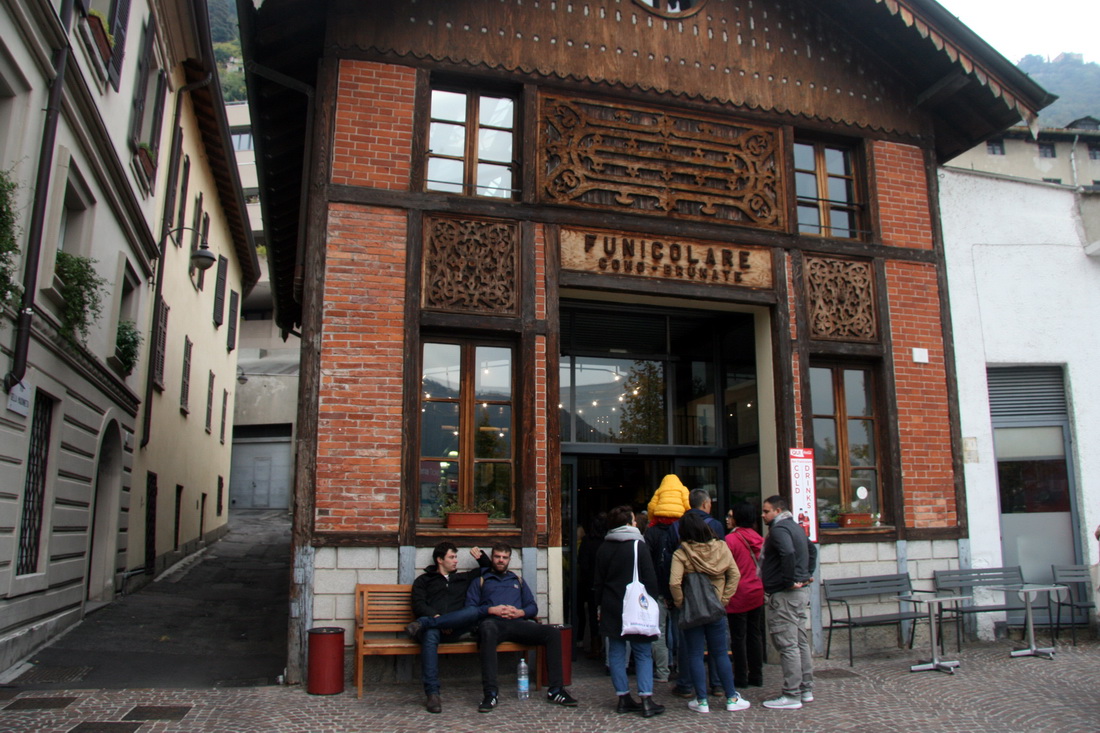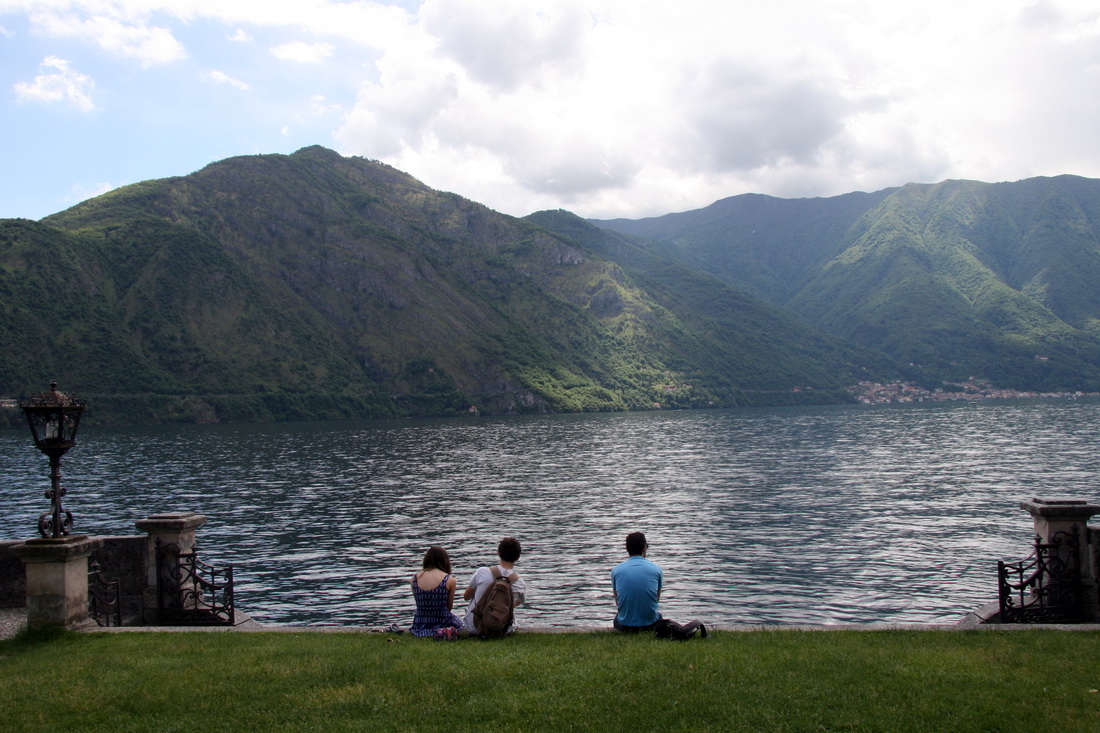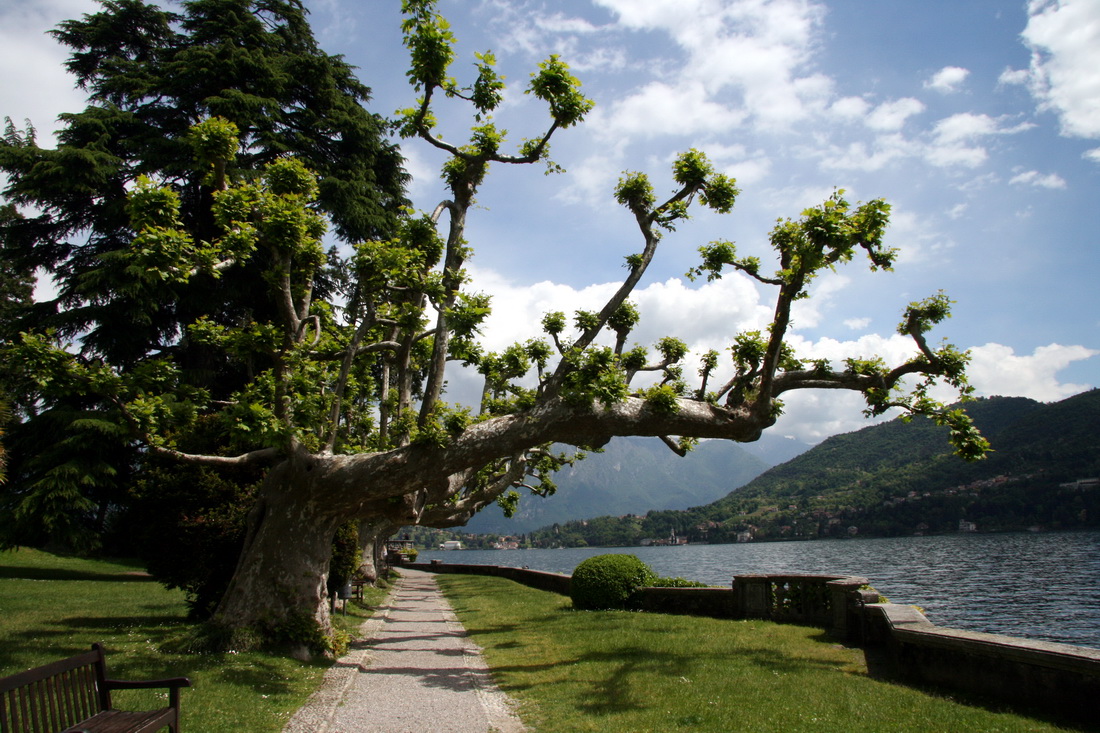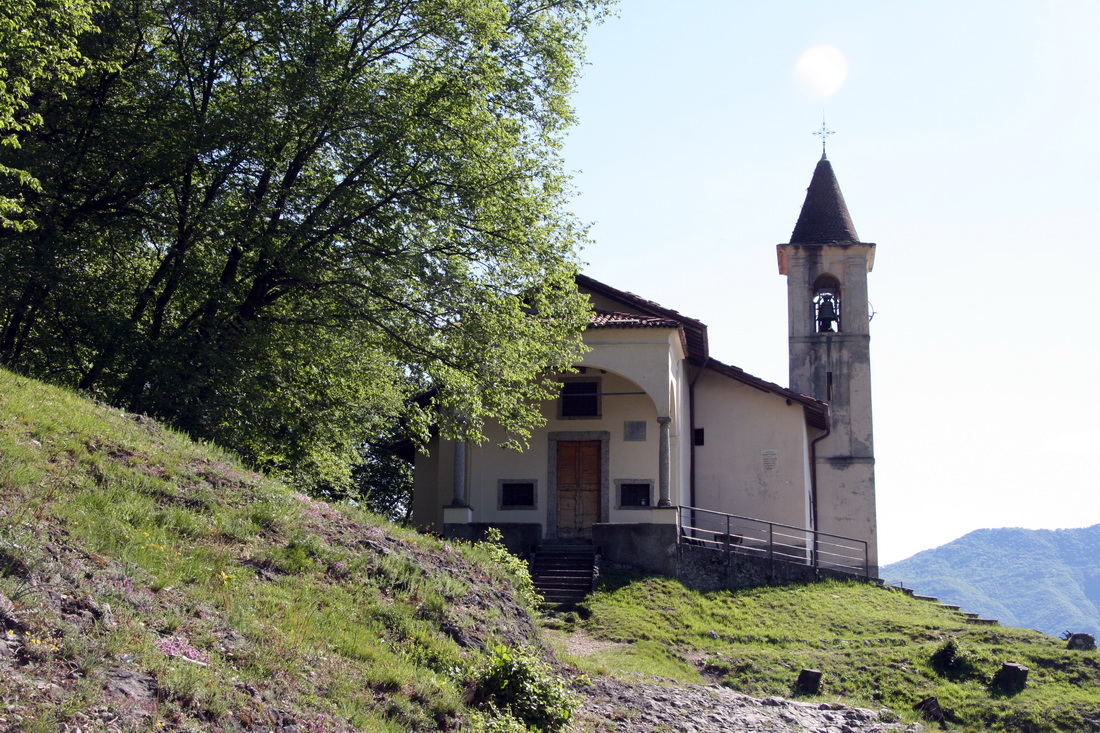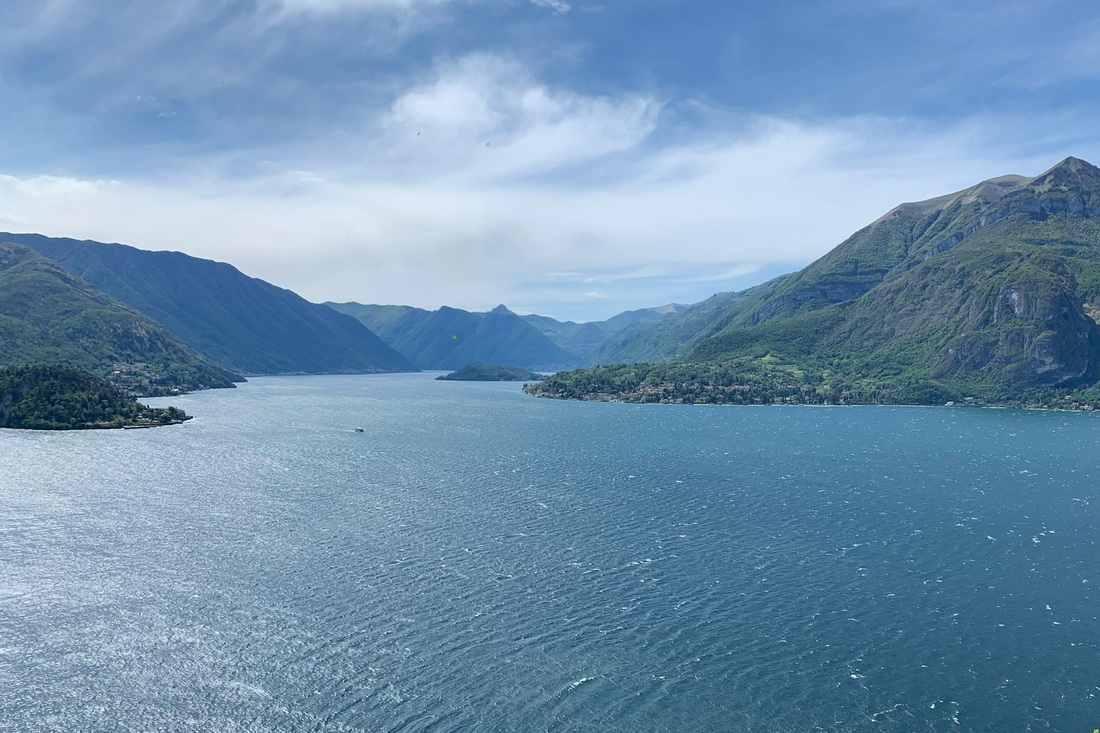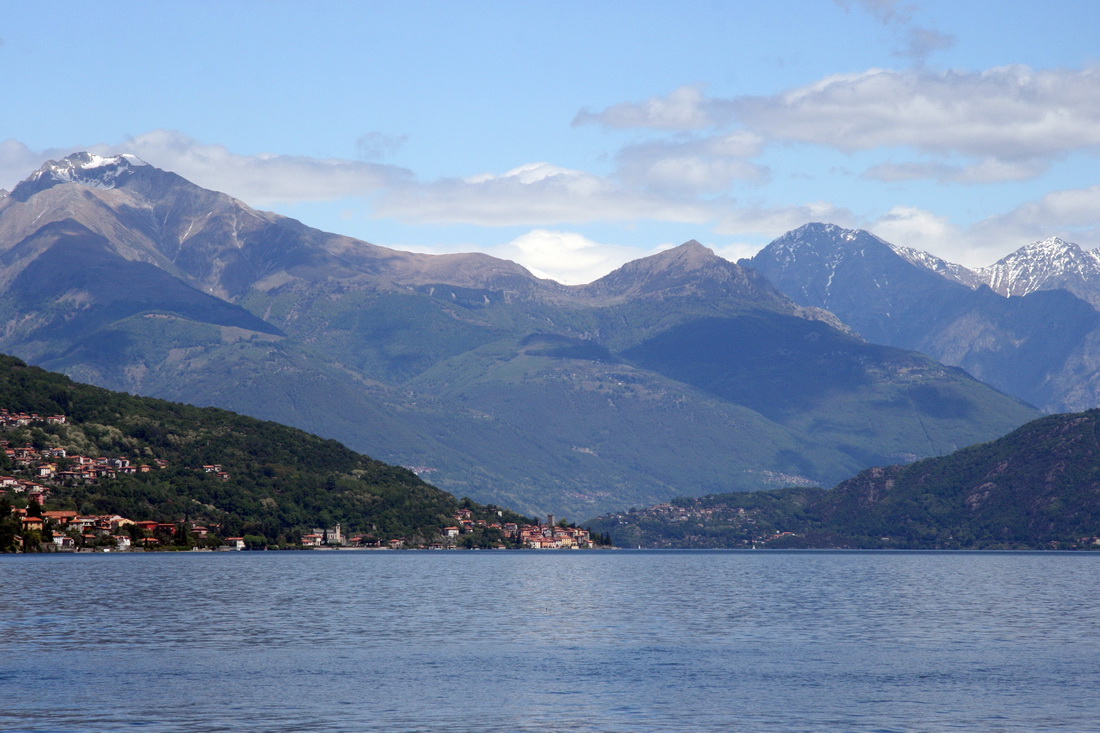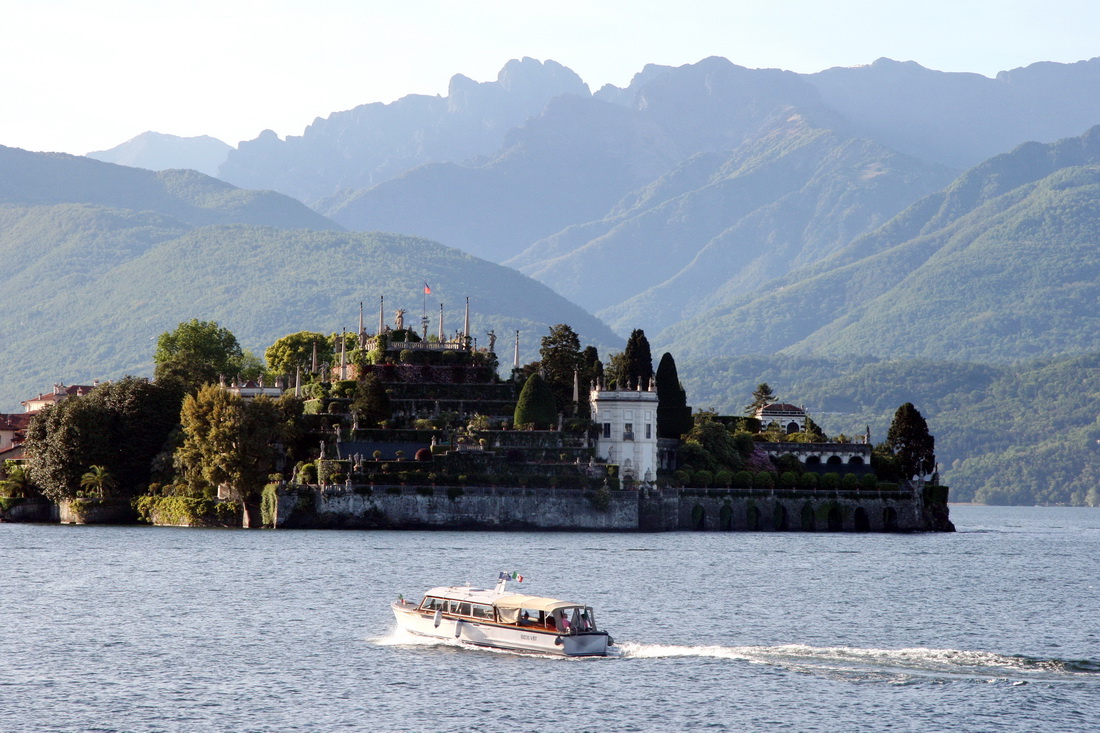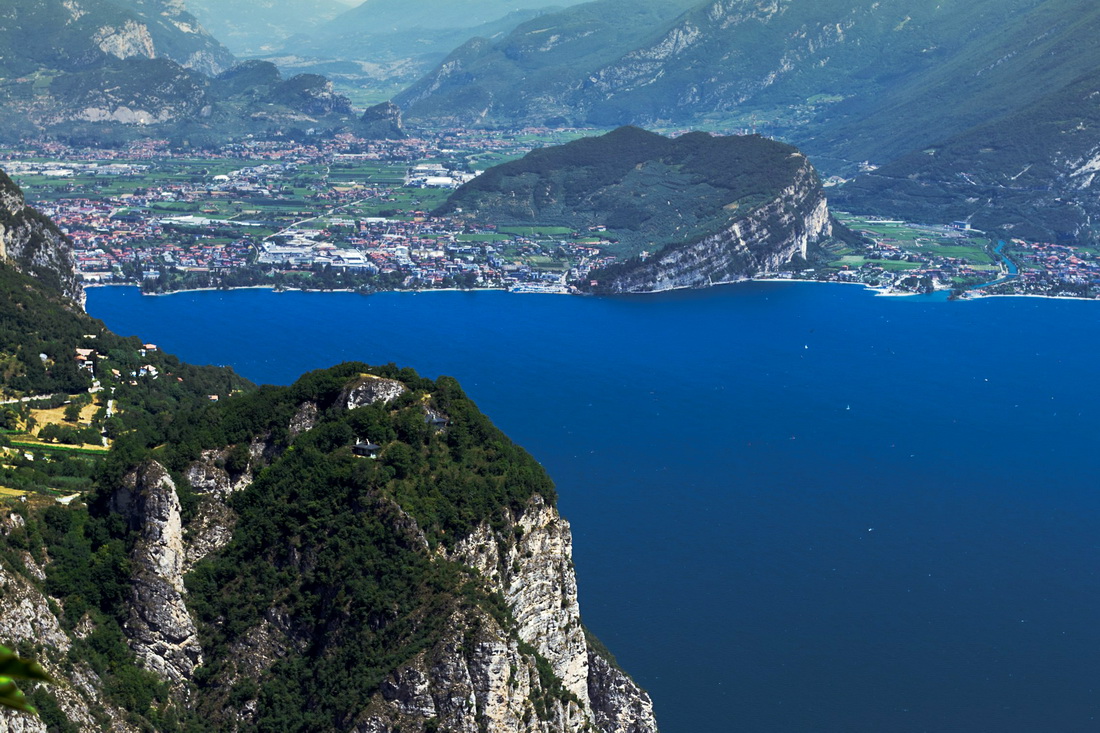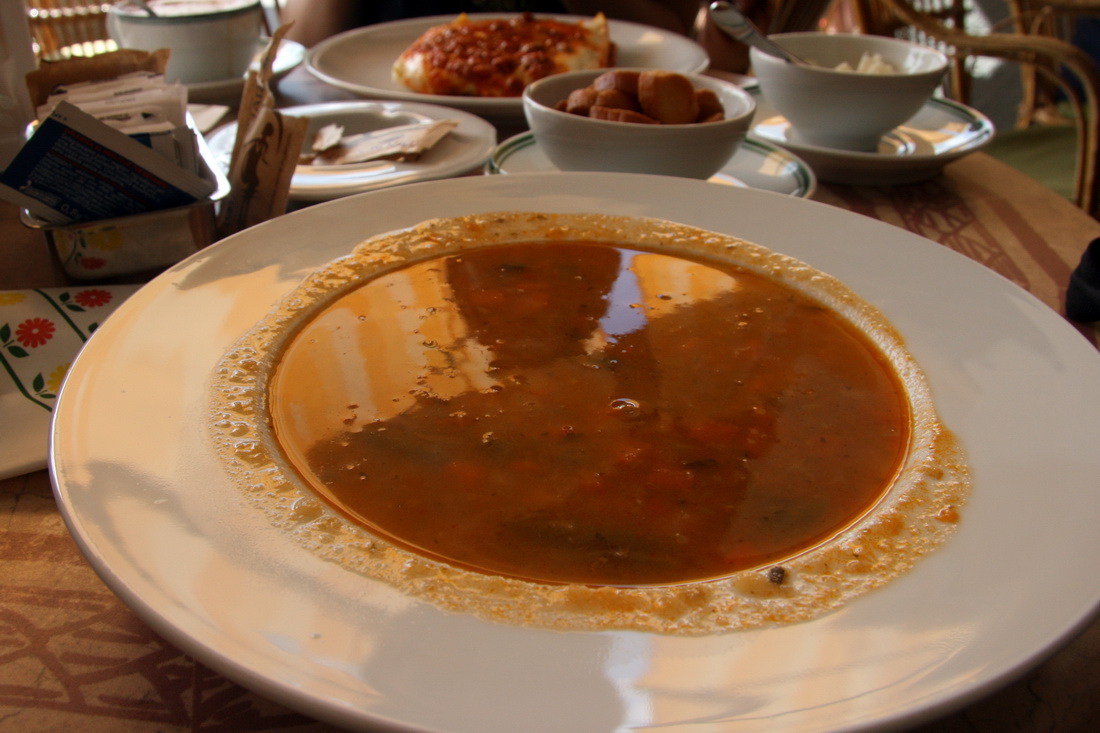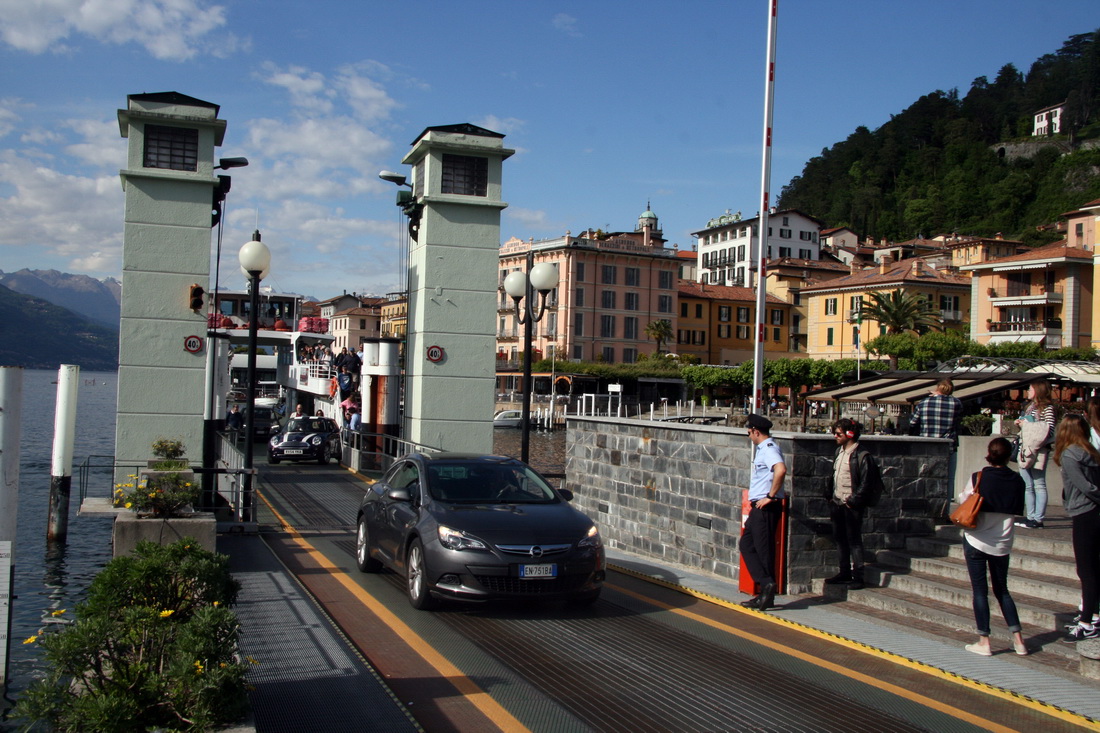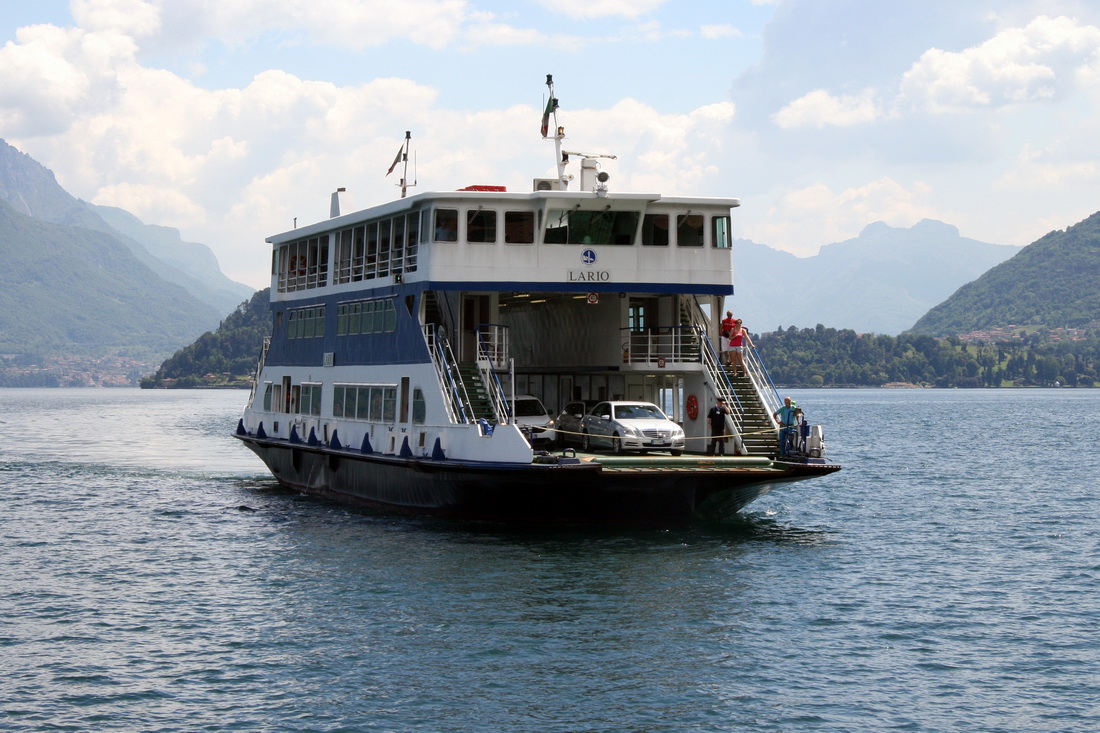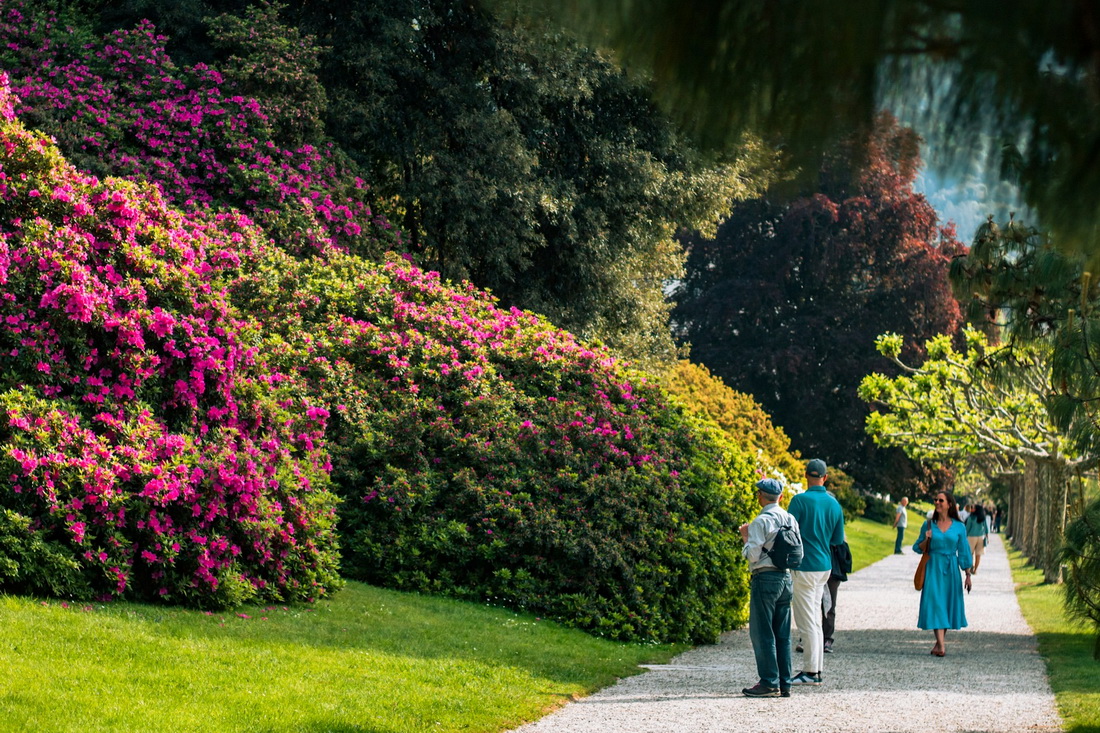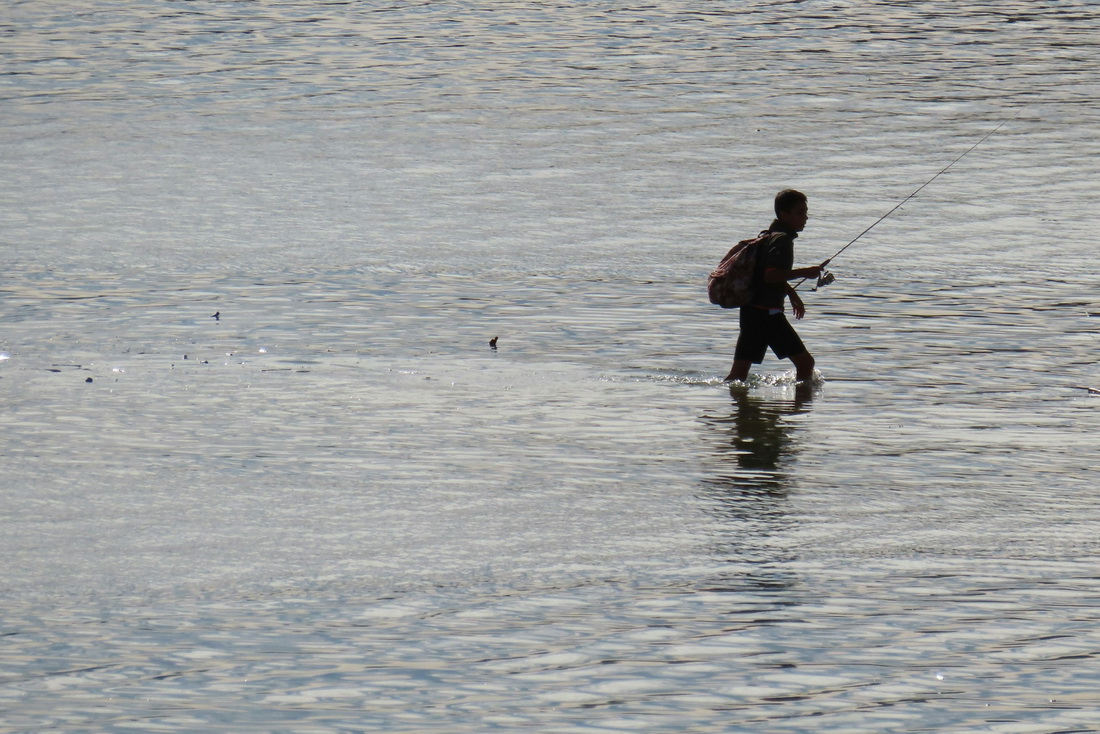Yes, Lake Como has its villas and vintage boats, and sure, you might spot someone famous behind sunglasses.
But that’s not what got me.
What stuck were the quiet bits: tiny harbours where nothing happens (in the best way), bell towers that chime right through your coffee, and pebble beaches ruled by ducks with zero respect for humans.
Lake Como in Brief
- Location: Northern Italy, near Milan and the Swiss border.
- Scenery: Mountains, villas, tiny towns, 160 km of lake views.
- Food: Polenta, perch risotto, gelato, and unapologetic espresso.
- Why go: Ferries, gardens, churches, hikes — or to do absolutely nothing.
This isn’t a guide only about glamour. It’s one about the places where Lake Como feels real — quiet, lovely, and just hard enough to leave.
What to See Around Lake Como
Lake Como looks like a giant upside-down Y, and the good news is — ferries go pretty much everywhere: town by town, villa by villa, gelato by gelato.
Unless you’ve got a full week and marathon stamina, don’t aim to see it all. Pick the places that linger — the towns, gardens, and lake paths that quietly do something to you.
This guide covers just those.
1. Bellagio
Bellagio looks like an island floating on silk — but it’s actually a promontory slicing Lake Como in two. Famous, photogenic, and fully aware of it.
You can glide in by ferry from Varenna or Menaggio. Or take the bus from Como, if you enjoy tight turns and mild motion sickness. Either way, it’s a grand arrival: flower-lined promenade, steep lanes packed with boutiques, and views that look AI-generated.
Start slow. Walk the lakefront, order perch risotto or a glass of local white, and pretend you live here. Then head uphill — Bellagio’s backstreets are quieter, cobbled, full of trattorias and flapping laundry. Way less curated. Way more charming.
Yes, it’s touristy. Yes, it’s pricey. But also? Pretty irresistible.
Villa Melzi Gardens
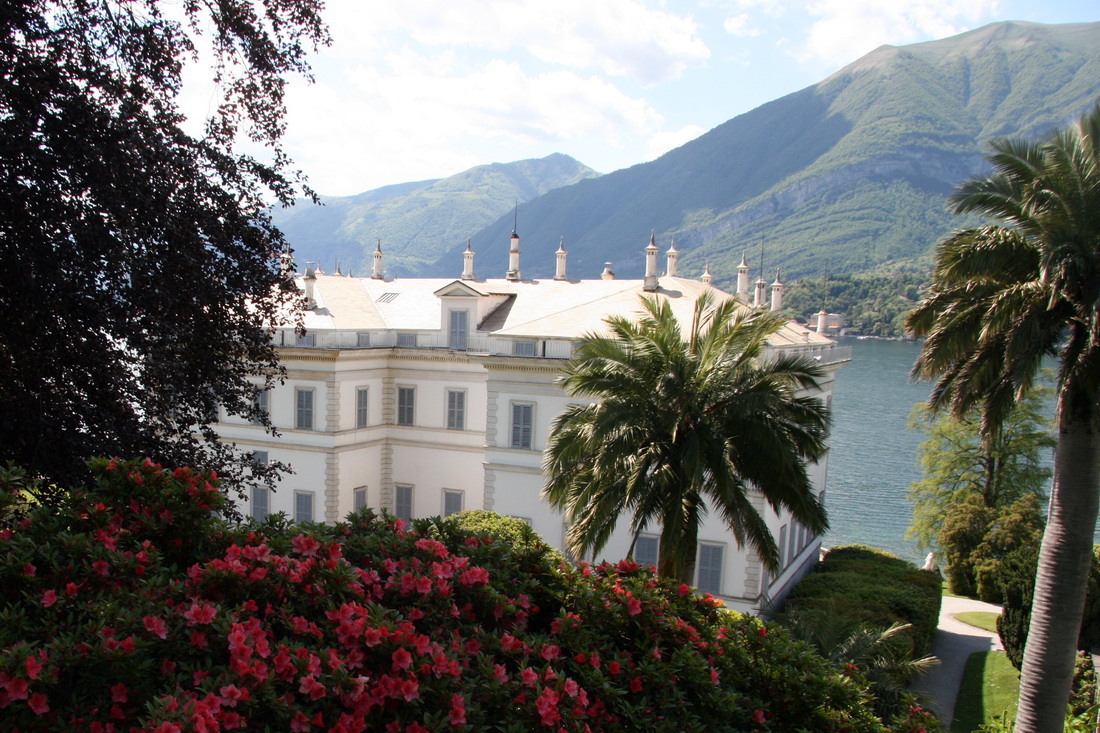
Come April and May, Villa Melzi’s gardens burst into bloom — azaleas, camellias, and the occasional tourist trying to find shade.
The villa’s private — no tours, no peeking — but the gardens are the real star. Just 20 minutes on foot from the Bellagio ferry, and suddenly you’re in a lakeside dream of cypresses, camellias, azaleas, ginkgos, and even the odd palm. Perfectly arranged for slow walking and occasional swooning.
Built in 1810 for Francesco Melzi d’Eril (Napoleon’s Vice President — obviously), the place was designed for peace, power, and poetic thoughts. Franz Liszt stayed here and wrote his Dante Sonata. You’ll get it. The whole garden feels like music with really good lighting.
No café, just restrooms — so bring water and lower your snack expectations. There’s a small public beach just beyond, if you fancy a dip (or at least a dramatic photo pretending to).
Villa Serbelloni Gardens
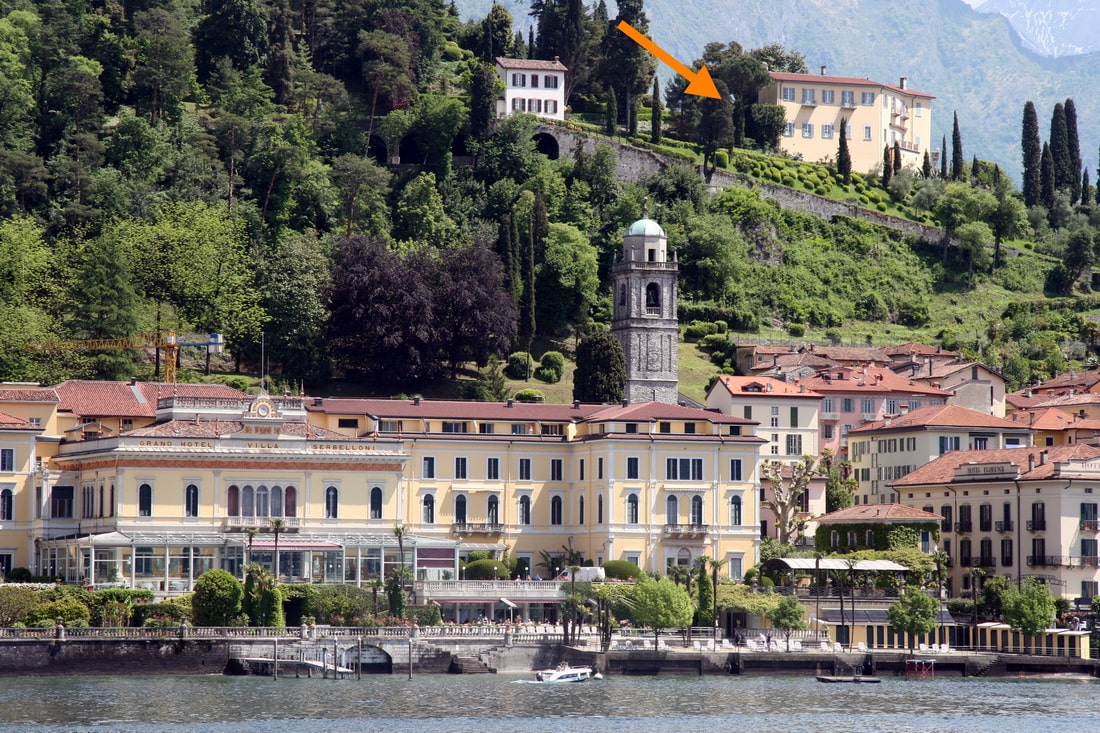
Villa Serbelloni hides in plain sight — marked here with an arrow, high above Bellagio’s waterfront charm.
This one’s a tease — the villa belongs to one of the fanciest hotels on the lake, and no, you can’t just wander in. But the gardens? You can tour them, and you absolutely should.
Set high above Bellagio, the gardens offer wide-open views of the lake’s famous fork — the kind that make you stop mid-step and forget what you were saying. Terraces, statues, winding paths, and sudden flashes of bougainvillaea or camellias. Wild, but intentional.
The only way in is with a tour (about 90 minutes, €13), departing from the PromoBellagio office on Piazza della Chiesa 14. Tours run daily from late March to early November, except Mondays, and pause if the weather acts up. Book ahead, wear real shoes, and prepare to feel quietly smug once you’re up there.
2. Villa Carlotta, Tremezzo
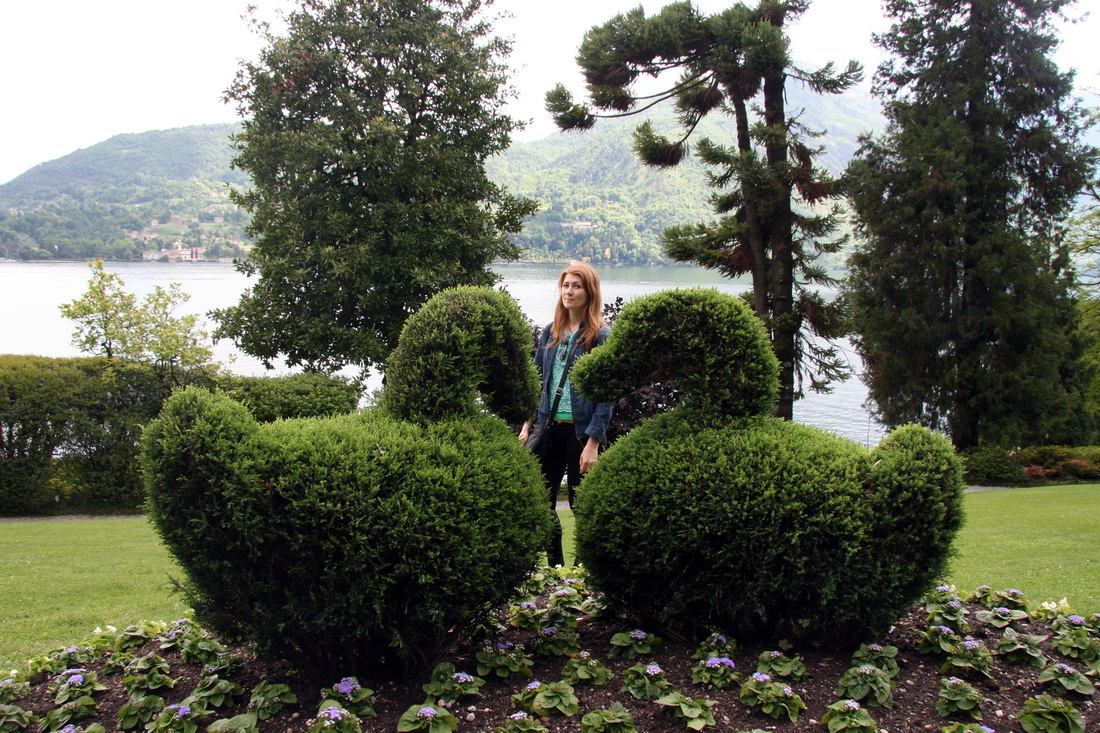
The gardeners at Villa Carlotta clearly don’t believe in straight lines — and we’re all better for it.
If you like lakeside villas — marble statues inside, blooming azaleas outside, and balconies made for gasping at views — welcome to Villa Carlotta.
Built in 1745, it’s part art museum, part garden fantasy, and somehow still feels human. Inside: ceiling frescoes, elegant rooms, and furniture so perfectly arranged you’ll swear someone’s just stepped out for coffee.
Then there’s the view. From the balcony, Lake Como looks like a painting in motion — hills, cypresses, and the occasional sailboat drifting by like it’s late for nothing.
The garden? Huge. Lush. Full of surprises. Come in spring for azaleas (dozens of varieties), or autumn for golden light and fewer elbows.
No café inside, so bring water and save your espresso cravings for one of the lakeside spots nearby.
Admission: €15 (villa + garden). Open March to early November. Closed in winter. Book online → villacarlotta.it.
3. Villa del Balbianello, Lenno
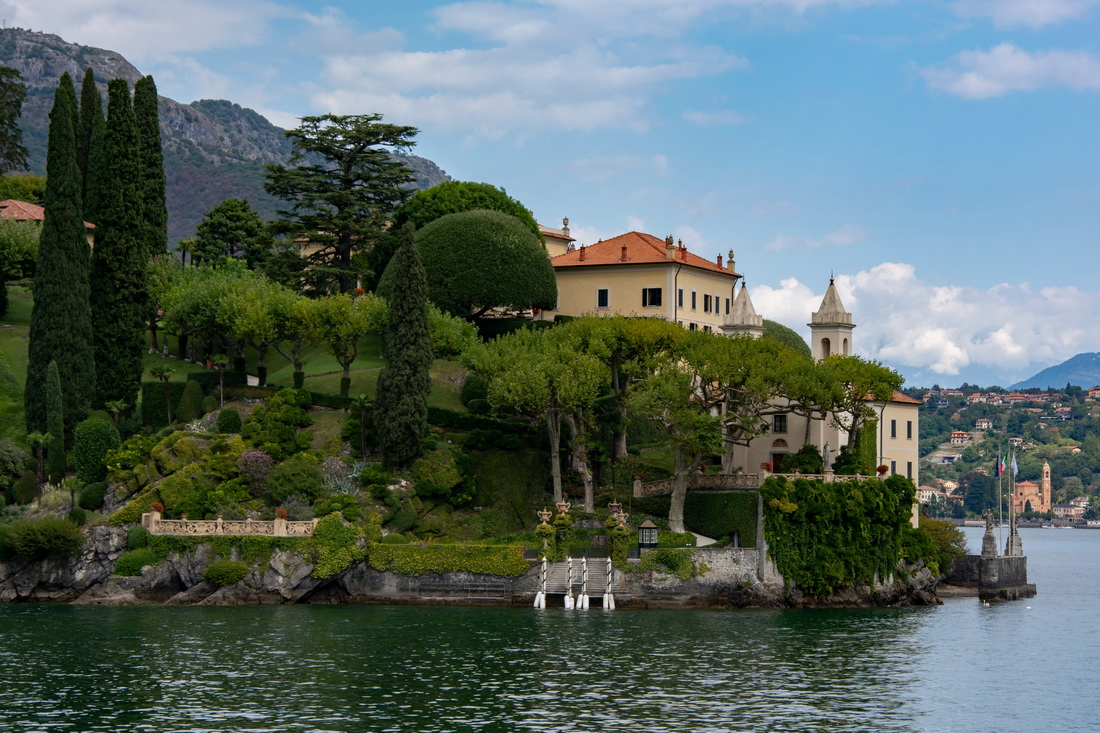
Terraced gardens, statues, and that perfect lake view — Villa del Balbianello really knows how to make an entrance
Some places just feel cinematic — you’ve seen them in Star Wars, Casino Royale, or that one wedding photo that looks suspiciously too perfect. But nothing really prepares you for the first glimpse through the trees.
Perched on a wooded peninsula in Lenno, the villa was built in the 18th century by a cardinal (because of course it was). Later it landed in the hands of explorer Guido Monzino — who climbed Everest and filled the place with maps, sleds, and expedition gear. His library alone is worth the tour.
The terraced gardens are open for wandering. The villa itself? Guided tour only — and yes, it’s worth it. The views through those windows might just ruin you for all other views.
Just don’t show up on a Monday or Wednesday — it’s closed, and there’s nothing to see from the gate. Not even a peek.
Admission: €13 for the garden, €24 for the garden + villa (2025). Open mid-March to early January → fondoambiente.it
4. Varenna
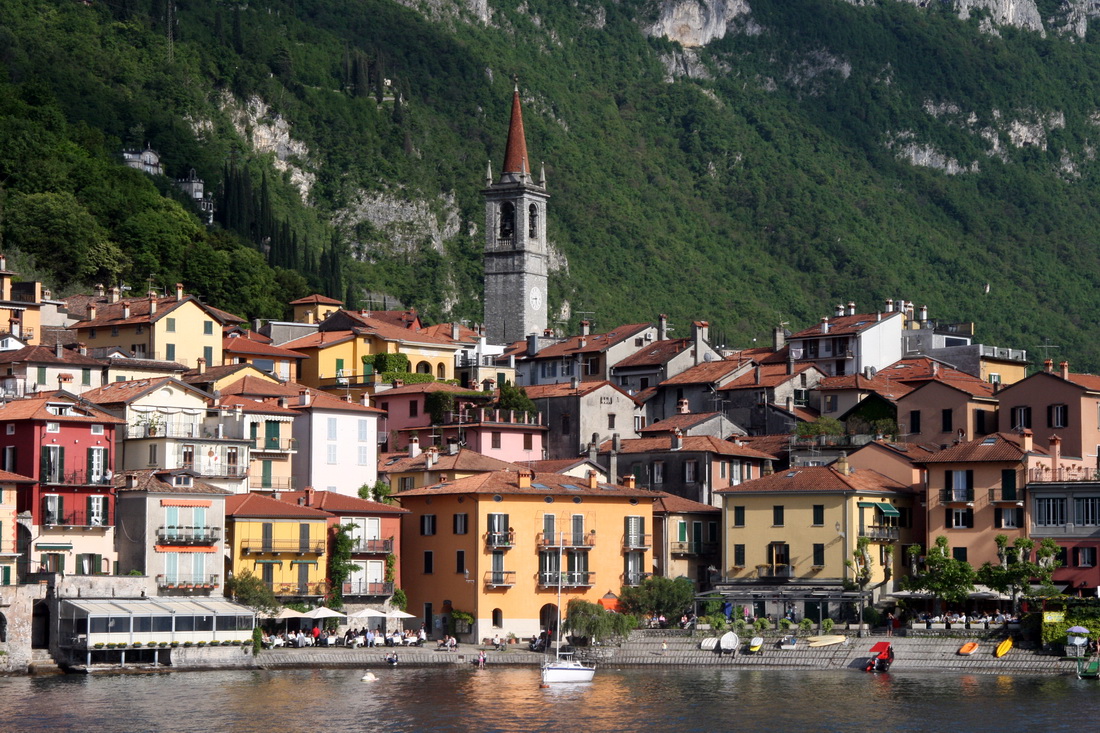
Varenna may be home to just 900 residents — but come spring, the tourists arrive with gelato in hand.
Tiny, steep, and full of character — Varenna is one of Lake Como’s oldest towns, and still one of its best. Pastel houses cling to the hillside, alleys drop straight into the lake, and nearly every corner hides a trattoria with views and surprisingly good house wine.
Despite the postcard look, Varenna feels lived-in. Locals chat in the square, old men play cards under plane trees, and tourists mostly try not to miss the ferry.
The port is right by the Olivedo Hotel, five minutes from the train station — ideal if you’re coming without a car.
If you do just one Lake Como route, make it Varenna–Bellagio–Villa Carlotta. It’s the greatest hits: villas, gardens, and just enough ferry breeze to ruin your hair in the best way.
Need a break from gelato? Hike up to Castello di Vezio — part ruins, part falconry, part ghost story, with lake views and total phone-silencing quiet. The trail starts in town and climbs through olive trees. Steep but doable. Open March to November (weekends only off-season). €5, cash is best.
Villa Monastero
Right on the lakefront in Varenna, Villa Monastero is part garden, part museum, part quiet escape with a view. It started as a Cistercian monastery, then became a private villa in the 17th century — and today it’s open to anyone with a soft spot for flowers, frescoes, and a well-placed bench.
Inside, there’s a museum with 14 rooms filled with carved furniture, marble details, and the occasional antique dress looking suspiciously ready to make a comeback.
But most people come for the garden — nearly 2 km of citrus trees, roses, azaleas, fountains, and lake views that go full postcard, especially in late afternoon light.
There’s a small café for espresso and cake. Don’t be surprised if you stay longer than you meant to.
Entry: €10 (garden), €13 with villa. Open daily April–early November. Closed Jan–March.
Villa Cipressi Botanic Garden
Right next to Monastero, Villa Cipressi feels like its more spontaneous cousin — the one who hosts elegant garden parties and forgets to close the gate.
It’s a hotel now, but the terraced botanical garden is open to visitors and worth the detour. Paths wind down through cypress trees (naturally), magnolias, wisteria, and succulents tucked into old stone walls. It’s smaller than Monastero, but more intimate — like stumbling into a private garden that someone forgot to lock.
No museum here, just views: postcard angles of Varenna, the mountains, and the lake below. Quiet, cinematic, full of birdsong.
The visit is officially limited to an hour, but no one’s counting. Tickets are €10 via the Villa Cipressi hotel’s website. Open daily from spring through early autumn.
5. Menaggio
The first thing you notice in Menaggio? How normal it feels — in the best way. No red carpets, no mega-yachts. But don’t be fooled: a Maserati might still roll past the piazza while someone’s nonna hangs laundry nearby.
The star of the show is the lakeside promenade — nearly a kilometre of postcard views, gelato potential, and prime people-watching. Sunset turns the water peachy. Locals barely blink.
At the centre: Piazza Garibaldi with neat cafés, a real gelateria, and a tourist office. A few steps up is San Stefano Church with its pink bell tower — lovely in photos, less lovely when it starts ringing at 8 a.m. and you’re sleeping nearby. (Yes, it’s loud. No, they don’t skip Sundays.)
Want to swim? Try Lido di Menaggio: loungers, drinks, and actual space to stretch out. It’s €25 for a chair, but this is Lake Como — “free beach” is more theory than fact.
6. Como (the city)
After sleepy towns and slow promenades, Como hits different. With 84,000 residents, a Gothic cathedral, and a high concentration of sunglasses worn for effect, this is the lake’s polished side — louder, glossier, and not in a hurry to impress you.
The vibe? Aperitivo by the Duomo, shopping bags in hand, pretending you’re late for a yacht (you’re not). But the people-watching? Excellent.
The Duomo — officially Santa Maria Assunta — towers over the centre. Gothic base, Renaissance curves, Baroque topping. Right next to it, the Broletto (a striped medieval town hall) looks like a marble layer cake and quietly judges your outfit.
Walk along the lake to Life Electric, a sculpture honouring Alessandro Volta (yes, that one). Just past it, the Tempio Voltiano displays his original gadgets — the ancestors of your phone charger.
Still wondering why everyone looks so well-dressed? Drop by the Silk Museum. Como once dressed half of Europe. The museum is surprisingly good: live silkworms, old looms, and the full cocoon-to-catwalk story.
Finish with a walk to Porta Torre — a 12th-century city gate now flanked by mopeds and market stalls. A good place to pause before your next spritz.
You’ll want at least half a day in Como. A full one, if you’re heading up to Brunate. Just don’t wedge it between Bellagio and Varenna — Como has its own pace, and it rewards those who slow down.
Brunate
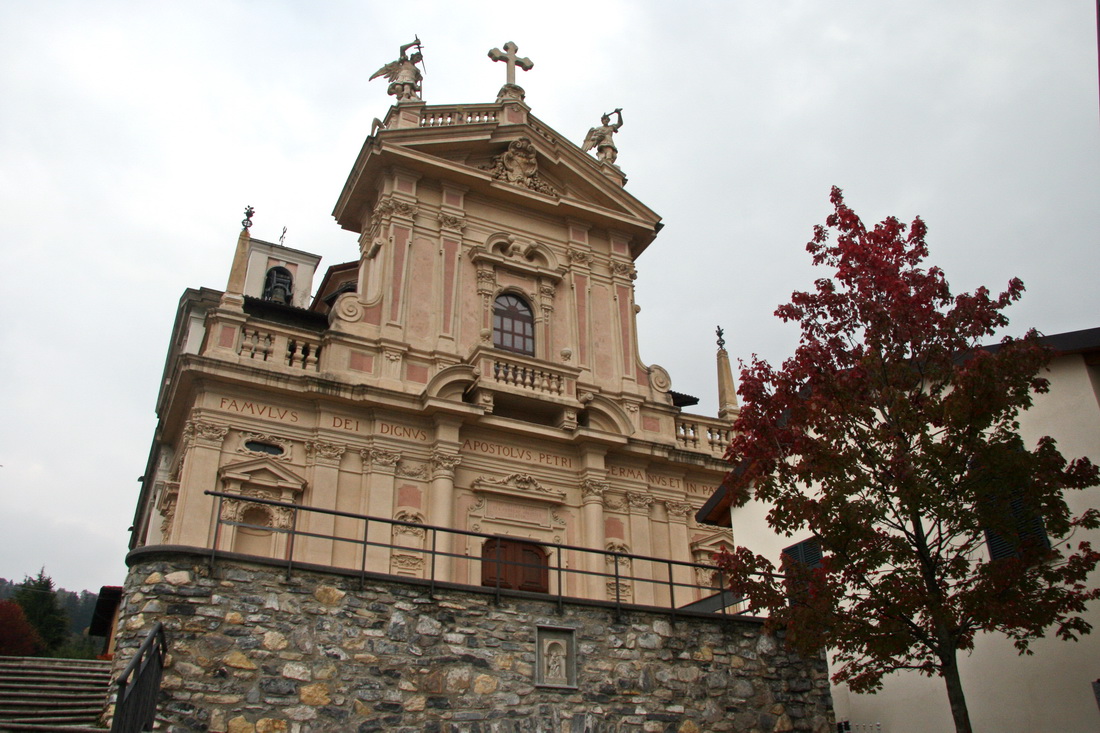
On my first trip, I spent only two hours in Brunate. That’s the minimum time one should allocate for this wonderful place.
If Como is polished shoes and aperitivos, Brunate is barefoot and staring at clouds. Perched 715 metres above the lake, this tiny hilltop village delivers cool air, big views, and actual silence.
Hop on the funicular from Como — 7 minutes, straight uphill, through cypress trees and smug panoramas. At the top: rooftops, sailboats, snowy peaks, and the kind of view that shuts people up mid-sentence.
Want more? Hike to Faro Voltiano, the lighthouse dedicated to Volta (the battery guy). It’s a 30-minute walk or 10 by taxi. €2 gets you in (cash only), and the 360° view is pure drama.
The Como-Brunate funicular runs daily from early morning to late evening. Round-trip: €6.60. Or hike up instead — steep, but gorgeous, and you’ll feel very accomplished by the time you reach your espresso.
7. Walking the Greenway Path
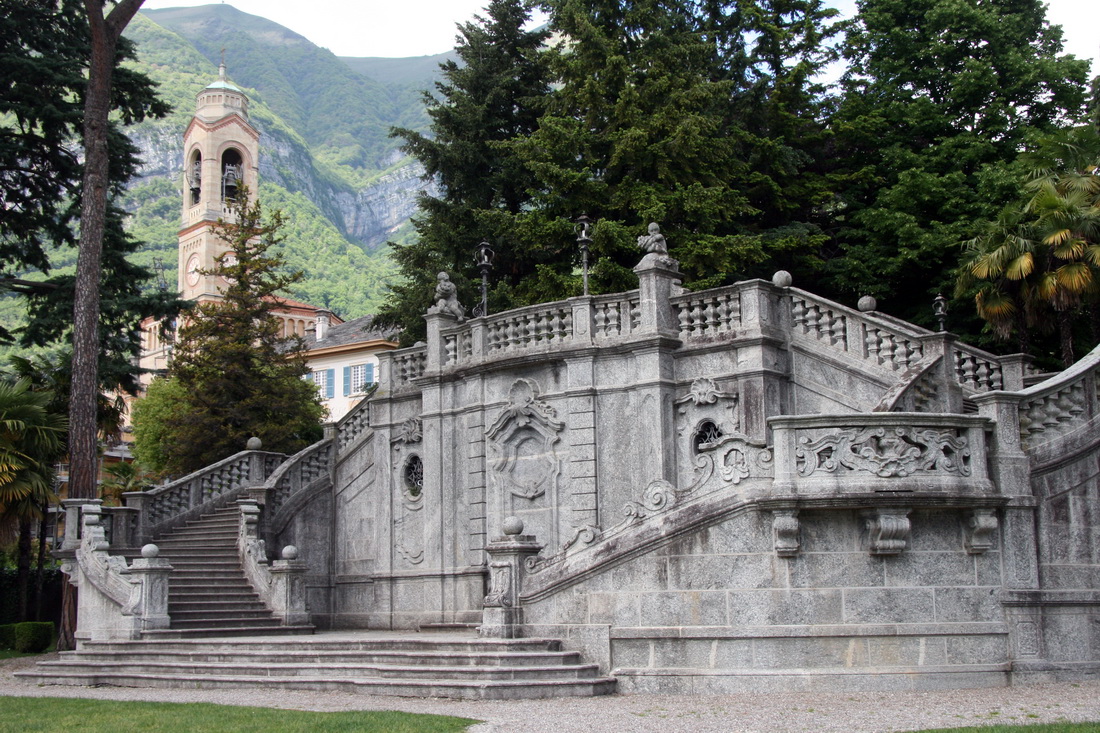
Parco Teresio Olivelli is technically a public park — but it feels more like a miniature villa garden.
Want to slow down and actually see the lake? Walk it. The Greenway del Lago is a 10 km trail along the western shore, from Colonno to Griante, through stone alleys, tiny villages, olive groves, and enough lake views to fill your camera roll twice.
No hiking boots needed — just good shoes and mild curiosity.
I didn’t expect much. “A walking path,” I thought. “How thrilling.”
But then came a bridge-shaped house in Colonno, a 12th-century church in Ossuccio, and a park in Tremezzo so graceful it looked like a painting — complete with statues and fountains, of course.
The route is well marked, mostly flat, and easy to hop on or off. Do it all in one go (3.5 hours, no breaks) or treat it like a tasting menu — one village at a time. Either way, it’s Lake Como at its most local.
The Best Views of Lake Como (and How to Reach Them)
Want to fall for Lake Como all over again? See it from above. Whether you hike, drive, or hop on a funicular, these panoramic spots offer some of the lake’s most unforgettable views — and more than a few deep breaths.
Monte San Primo above Bellagio
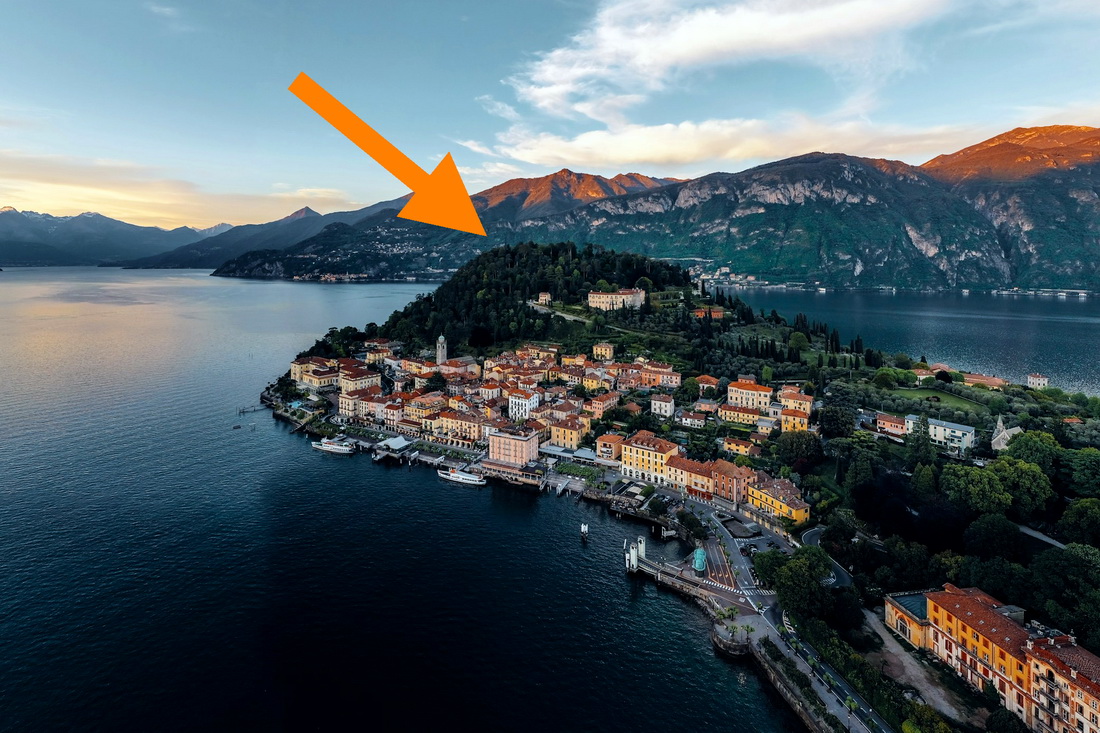
Monte San Primo — look for the arrow. The climb is easy, and the views from the top are spectacular.
On foot/Monte San Primo sits right at the center of the Larian Triangle — the forked shape you see when looking at Lake Como on a map. Getting there isn’t hard, and the views? Glorious. From the summit, you’ll see the full sweep of the lake framed by mountains, with Bellagio shimmering below. It’s the kind of view that makes you pause, take a photo, then forget the photo and just stare.
You can reach it on foot or by car, depending on your route and season. Pack a jacket — the altitude brings cooler air.
Brunate
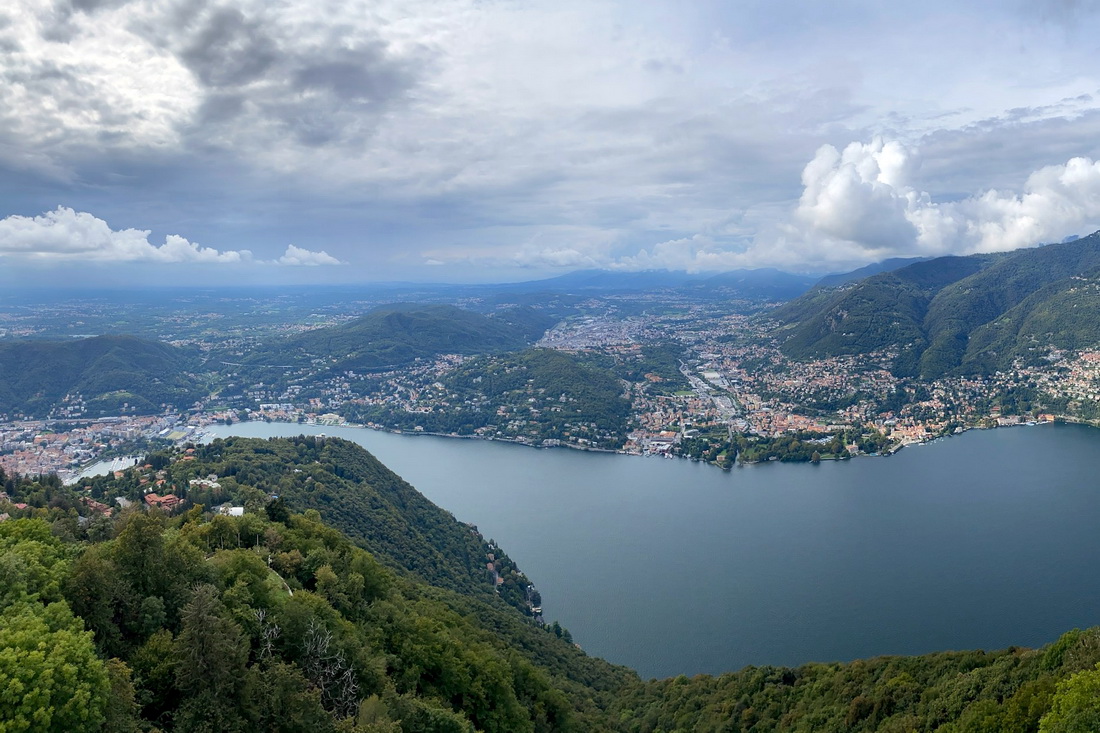
Lake Como and the city of Como from Brunate — taken just off Via Giacomo Scalini. Seven minutes up, endless views down.
By funicular, on foot, by car/One of the easiest ways to gain height is to take the funicular from Como up to Brunate — seven minutes, no effort. Once at the top, you’re spoiled for choice: scenic walks, hillside cafés, and another climb to the Faro Voltiano lighthouse (or to Pissarottino, a lesser-known spring with a fantastic viewpoint). The views stretch across the city of Como, the southern branch of the lake, and even into Switzerland on clear days.
Rifugio Menaggio
On foot/This alpine refuge sits at 1,383 meters in Plesio and rewards hikers with wide-open views and the comforting smell of sausage and polenta. You can stay the night in bunk beds and enjoy hearty meals with a view.
The trail is well-marked. Start from the Mon Breglia parking lot for the quicker 1–1.5 hour hike, or from the Breglia bus stop if you’re up for an extra 45–60 minutes. From the refuge, seasoned hikers can continue up to Pizzo Coppa, where the view explodes into a panorama of Monte Rosa and even Mont Blanc on a clear day.
Book ahead during the season, especially if you want to stay overnight.
Chiesa di San Martino, Griante
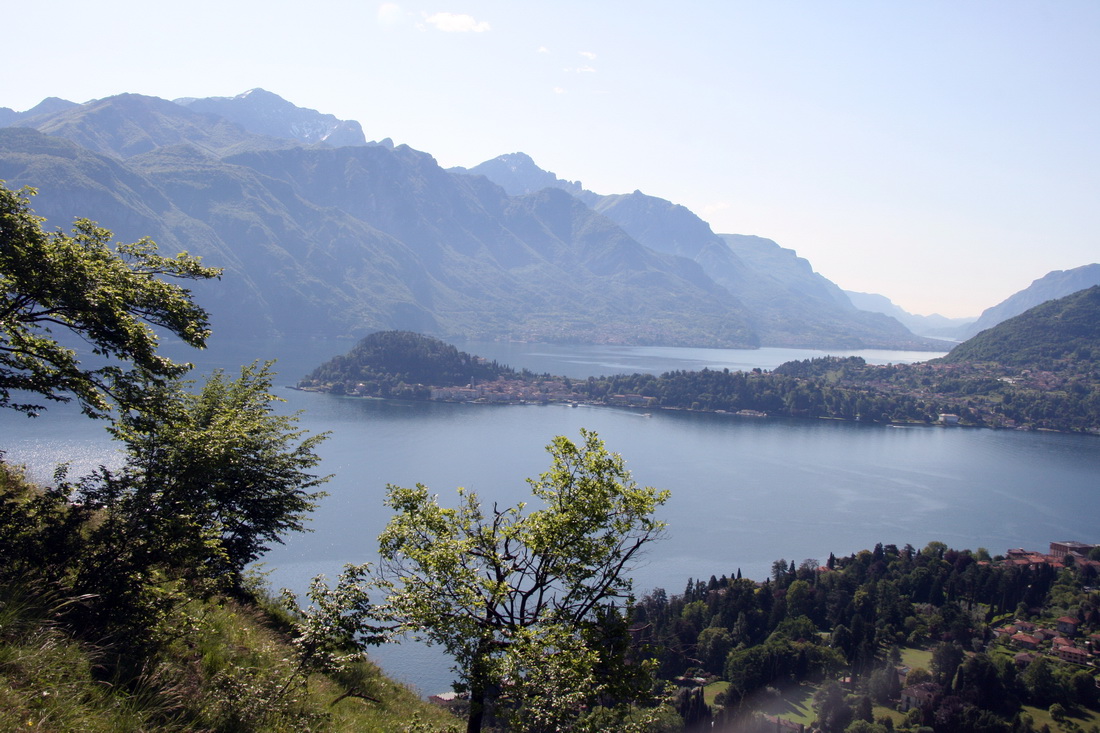
Bellagio from above, as seen from the bench in front of Chiesa di San Martino. Not a bad place to pause.
On foot/This tiny church above Griante isn’t open to visitors — but it doesn’t need to be. The view from the bench in front is more than enough. Bellagio stretches out across the lake, and the silence is almost cinematic.
To get there, walk up from Griante’s historic center (about 10 minutes from the lake), then follow signs for Chiesa di San Martino. The path is simple, beautiful, and takes 30–50 minutes depending on your pace. In May and June, you might notice small red berries along the path — they’re Potentilla indica: edible, but sadly not tasty.
Castello di Vezio Varenna
On foot/Equally beautiful — and a little spooky — this medieval fortress above Varenna offers sweeping views of both Varenna and Bellagio. The castle is open to the public most of the year: daily from March to early November, and on sunny weekends from November to March. Entry is €5.
To reach it, follow the steep cobbled path up from Varenna. It’s short but uphill — wear decent shoes.
Pigra
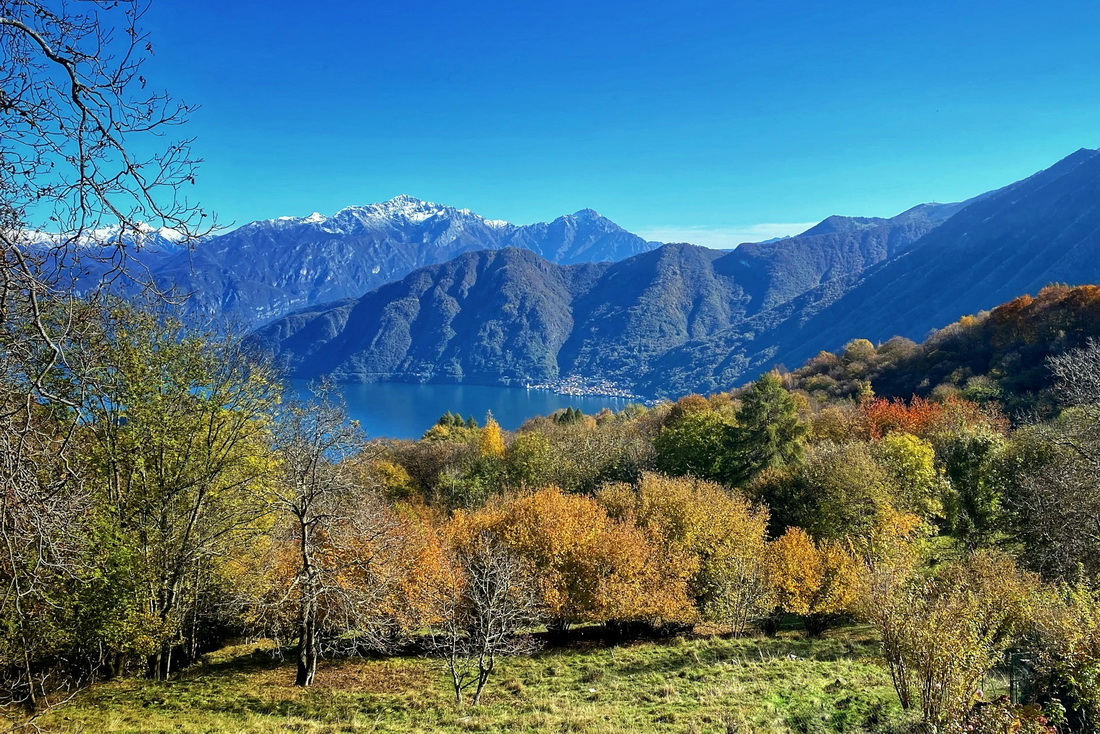
The view from Pigra in autumn — golden trees, quiet paths, and not a single souvenir stand in sight.
On foot, by car/Pigra sits at 700 meters above Argegno and feels like a secret above the lake. The cable car was closed for reconstruction in late 2022, so check before planning. If you’re walking, the climb is long and steep, but the views are extraordinary — especially in autumn, when the light turns everything golden.
Monte Bisbino
By car/Less known but no less dramatic, Monte Bisbino towers 1,300 meters above the lake. You can drive there from Cernobbio via Rovenna — the road is long and occasionally bumpy, but manageable. From the summit, you can see deep into the Alps and down toward the lake. A trail leads into the quiet Intelvi Valley if you want to keep exploring.
Where to Watch the Sunset on Lake Como
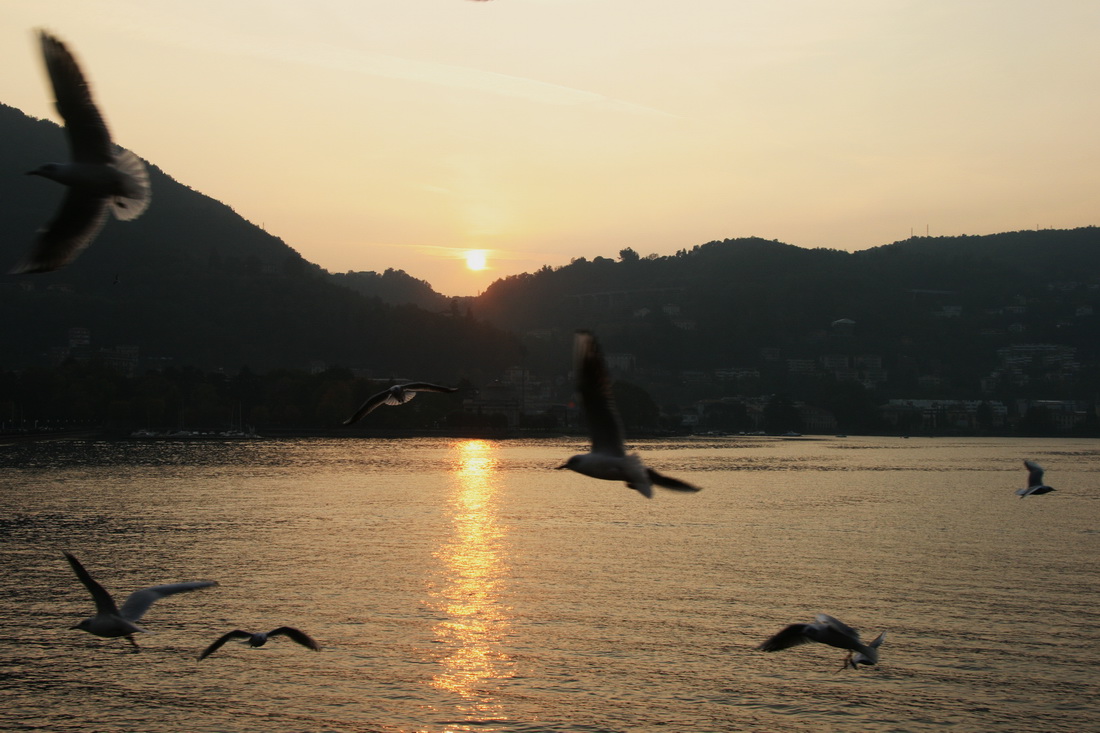
The final hours before leaving were truly melancholic. The lake was calm, the light soft, and I wasn’t ready to go.
When the light stretches across the water and the mountains turn golden, it’s hard not to start planning your next visit. For especially beautiful sunsets, head to the eastern shore of the lake — you’ll be facing west, with the sun dropping behind the hills and casting long shadows across the water.
Some favorite sunset spots on the eastern side:
- Brunate — watch the city of Como glow from above
- Mandello del Lario, Varenna, Bellano, Dervio, and Piona — quiet, scenic, and less crowded than the big-name towns
Or, if you’re on the western side of the central peninsula, try:
- Bellagio — the golden light on the water is unreal
- Blevio and Lezzeno — charming, peaceful, and perfect for a lakeside aperitivo
Planning Your Lake Como Route (Based on My Trip)
My first visit to Lake Como was a spontaneous two-day escape from Bergamo — and somehow, it turned out to be perfectly paced. Not rushed, not too quiet. Just right. Here’s how it went:
Day 1 (16 May):
-
Morning train from Bergamo to Varenna, with a short change in Lecco.
-
Explored Varenna, walked through the waterfront and the gardens of Villa Monastero.
-
Took the ferry to Lenno.
-
Strolled through Lenno’s old town, saw Villa del Balbianello from afar (sadly, it was closed — Mondays and Wednesdays, keep that in mind).
-
Walked 4 km along the lakeside Greenway route to Villa Carlotta. A beautiful stretch — highly recommended.
-
Spent about two hours at Villa Carlotta, admiring blooming azaleas and camellias.
-
Walked to Griante (1.5 km) and stayed overnight at a local guesthouse.
Day 2 (17 May):
-
Early hike to Chiesa di San Martino, straight from the guesthouse. With photo stops, the round trip took about two hours.
-
Walked to Menaggio (3 km) — not the most scenic route, but doable. There’s a bus if you’re short on time.
-
Explored Menaggio, had lunch.
-
Took the ferry to Bellagio, wandered around, and visited Villa Melzi.
-
From Bellagio, returned by boat to Varenna.
-
Caught the evening train to Bergamo via Lecco.
It might sound packed, but it didn’t feel that way. I had time for coffee breaks, lakeside lunches, and way too many photos.
Why this route? Because it hits the highlights: the Varenna–Bellagio–Menaggio triangle, plus the three iconic villas — Melzi, Carlotta, and Balbianello. It’s Lake Como’s greatest hits, all in one loop.
Just one regret: I didn’t visit Como city on that trip — but honestly, I’m glad I didn’t rush it. Como deserves a separate day. It feels more like a classic Italian city than a lakeside village, and it’s best enjoyed with fresh legs and an open afternoon.
Lake Como vs. Lake Garda vs. Lake Maggiore: Which Lake to Choose?
Northern Italy is full of beautiful lakes — so which one should you visit? I’ve been to most of them, including Como, Maggiore, Garda, and a few quieter ones. Here’s how they compare, based on my experience:
Lake Como:
A place of villas, gardens, and mountain drama — and yes, it lives up to the hype.
Why go:
- Home to some of the most beautiful villas and gardens in Europe
- Frequent ferries make it easy to get around (especially in the Golden Triangle: Bellagio, Varenna, and Tremezzo)
- Ideal for scenic boat rides, romantic walks, and peaceful views
Keep in mind:
- Tiny beaches, rocky lake bottom, and cool water — great for swimming, but not very beachy
- Summer crowds are real, especially around Bellagio, Varenna, and Tremezzo — book ahead
Lake Maggiore:
Elegant and slightly underrated, especially around Stresa.
Why go:
- The Borromean Islands — complete with palaces, gardens, and fishing villages
- Gorgeous waterfront promenades, swans included
- Feels a bit calmer and more grown-up than Como in peak season
Keep in mind:
- Still gets crowded in summer
- Fewer headline attractions compared to Como — it’s more about slow beauty
Lake Garda:
The biggest of them all — and it feels that way.
Why go:
- A mix of family fun and history — from medieval forts to Gardaland theme park
- Easier access to cycling and hiking trails
- Slightly more affordable than Como, especially for accommodation
Keep in mind:
- The southern part is flat and more developed; for mountains, head north
- Some parts of the shore are grassy or overgrown — not always picture-perfect
- Pebble beaches are the norm
So which lake wins?
Depends what you’re after. Start with Como — it’s iconic for a reason. But all three are popular for good reason, and each one deserves a spot on your map.
Lake Como Travel Cost: Is It Really Just for Millionaires?
Let’s be honest: Lake Como has a reputation. George Clooney has a villa here. So did Stallone. The Versace family too. And yes, some boats on this lake probably cost more than your entire building.
But here’s the twist — you don’t need a yacht (or a stylist) to enjoy it. Most visitors aren’t millionaires. They’re regular folks, day-tripping from Milan or spending a long weekend on a budget.
That said, Como isn’t cheap. Summer brings the crowds and the price hikes. But plan ahead, avoid the flashiest towns, travel in spring or fall — and you’ll spend less, enjoy more.
How to save like a pro:
- Book 4–5 months ahead (or gamble on last-minute deals off-season)
- Stay just outside Bellagio, Varenna, or Tremezzo
- Visit in May or September — better prices, better weather, fewer elbows in your frame
Accommodation: Where to Stay on Lake Como
Let’s start with the obvious: staying in Bellagio or Varenna is magical — and expensive. Prices in the Golden Triangle are high year-round and spike in summer, with basic rooms starting around €150 and climbing quickly.
But it’s not all luxury suites and lakefront villas.
Budget options do exist, especially if you:
- Look beyond the hotspots (try Colico, Domaso, Mandello del Lario, Laglio, or Lecco)
- Book early — really early, especially for May to September
- Stay longer — many places offer better rates for 3+ nights
Even in quieter areas, summer prices can double or triple if you wait too long.
Typical prices:
- Budget hotels (2-star): €70–€200 per night
- Hostels (rare): €50 for a bed in a dorm
- Airbnb: private rooms from €35–50; full apartments from €60–200
- In Bellagio, Varenna, or Tremezzo? Add at least 30% — maybe more
Not all Airbnbs allow one-night stays, especially in peak season, so filter carefully if you’re just passing through.
So where’s cheapest?
Generally, the further north or away from the central triangle, the better your odds. Try Colico for mountain views, Domaso for a laid-back vibe, or Mandello del Lario if you’re coming from Lecco — all less polished, but easier on the wallet.
Food: What to Eat on Lake Como
You’re in Italy — so yes, the food is good. But it’s not just pizza and pasta here. Around Lake Como, local dishes revolve around the lake and the mountains.
Expect:
- Risotto al pesce persico – creamy risotto with lightly fried perch fillets
- Polenta taragna – made with buckwheat and cornmeal, often served with sausage or cheese
- Fritto misto di lago – a mixed fry of small local fish
- And of course, gelato – you’ll find a decent scoop in almost every town
Vegetarian? You’ll still eat well — lots of soups, grilled veggies, cheeses, and lentil dishes (I’m a lentil fan, and I’ve survived just fine).
Restaurant Prices
Main dishes at traditional restaurants start around €15–18, pizza is usually €11–12, and a full dinner with drinks will cost €35–40 on average. Seafood and anything lake-view will bump that up.
Places right on the water — especially in Bellagio and Tremezzo — tend to charge more. But walk a few streets inland, and you’ll often find better prices and better food.
In winter (Nov–Feb), many restaurants close for the season. Supermarkets and small local eateries stay open — and Italians don’t stop going out to eat, so you’ll still find good options.
Cooking Your Own Meals?
Supermarkets like Conad, Carrefour, and Sigma are easy to find, even without a car. Ask locals where they shop — they’ll usually point you to the best value.
A week’s worth of groceries for two people — think pasta, veg, cheese, bread, eggs, some meat or fish — will cost around €45–60.
How to Get to Lake Como
Lake Como is tucked up near the Swiss border, just north of Milan and Bergamo — and thankfully, it’s well-connected by train, bus, and car.
From Milan
The easiest option.
- From Milano Centrale, take a direct train to Como San Giovanni (about 35 minutes).
- Or head to Varenna-Esino via Lecco (1h 10min) — perfect if you’re aiming for the central lake.
- Once there, ferries will take you to Bellagio, Menaggio, and beyond.
From Bergamo
A bit longer, but still very doable.
- Take the train to Lecco, then change to Varenna-Esino. Total travel time: around 1.5 hours.
- Reaching the town of Como from Bergamo without a car is inconvenient — stick to the eastern shore instead.
From Milan Malpensa Airport
Trains with one change will get you to Como city in about 1.5 hours.
If you’re going straight to the central lake, you’ll need an extra leg — likely to Varenna by train, then by ferry.
Important note:
There are no trains along the lake’s western shore — the one with Villa Carlotta and Tremezzo. Buses run there, but they’re not always fast or frequent. If you’re staying on that side, budget some patience — or hop on a ferry instead.
How to Get Around Lake Como
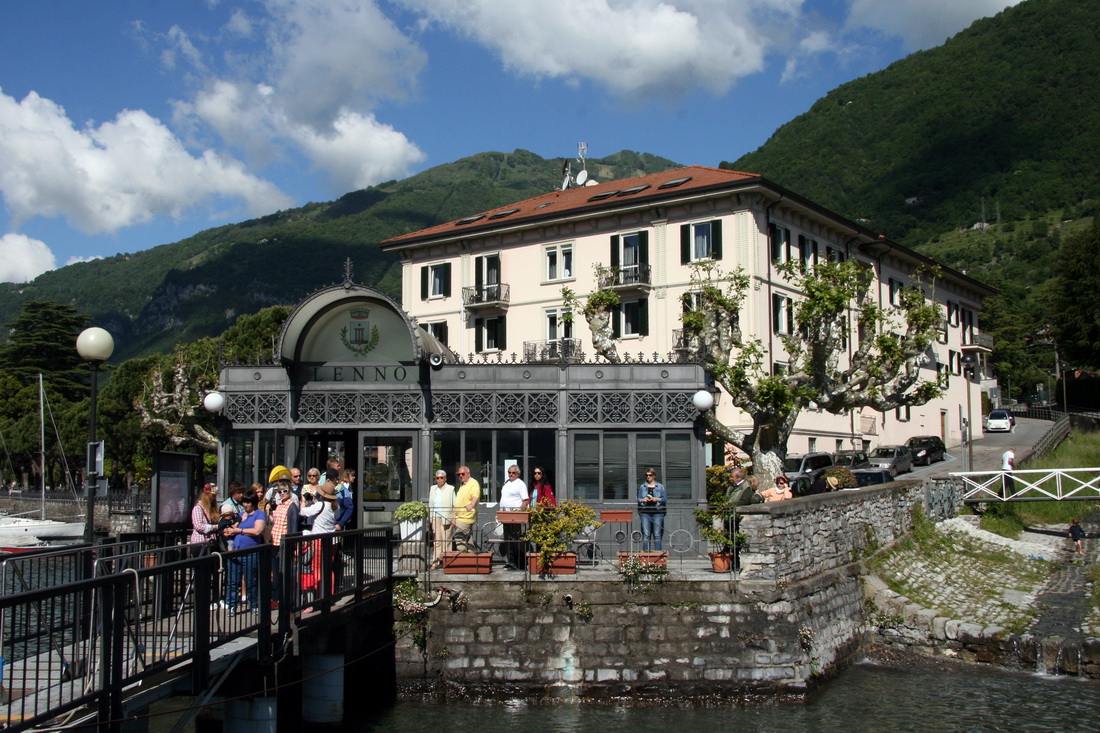
Waiting for a ferry? Most towns have a pavilion like this — shady, scenic, and full of hopeful travellers.
Lake Como may look big and dramatic, but it’s surprisingly easy to get around — especially by boat.
Ferries
They’re the heart of the lake. Some carry cars, most don’t, but all offer stunning views. You can hop between towns like Bellagio, Varenna, and Menaggio in under 20 minutes.
In the central lake area, boats run frequently — almost like floating buses.
Pro tips:
- Buy tickets in advance (especially in summer) at navigazionelaghi.it to avoid queues and sellouts.
- Day passes are worth it if you’re hopping around a lot.
- Bring layers — it can get chilly on deck, even in May.
- If you get seasick, pack some meds. It’s “just a lake,” but waves happen.
Buses
- On the western shore, buses are your main land option — handy if you’re visiting Villa Carlotta, Tremezzo, or Lenno.
- On the eastern side, buses and trains work together pretty well (especially for Varenna, Lecco, Mandello).
Just don’t expect lightning speed. Roads are narrow, winding, and occasionally clogged with delivery vans and tourists trying to do three-point turns.
Driving
You can rent a car, but unless you’re staying far from the ferry lines, it’s often more trouble than it’s worth. Parking is tricky, roads are tight, and boat+train is usually easier.
When to Go to Lake Como
Best time? April to early June and September to mid-October. You get the views, the gardens, and the lake breeze — without elbowing through crowds.
Spring (April–May)
The best balance of beauty and comfort.
Expect blooming azaleas, cool mornings (10–12°C), and sunny afternoons (18–22°C). A light jacket, layers, and comfortable walking shoes are ideal.
Ferries run often, restaurants are open, and you can visit most villas with no queues.
Summer (June–August)
Hot, busy, and very photogenic.
Daytime highs range from 26–32°C, but some years it hits 38°C. Nights stay warm.
Wear light clothes, bring a hat and sunscreen — and maybe book that lakeside gelato in advance.
It’s the most popular season, so expect crowds and higher prices.
Autumn (September–mid-October)
Soft light, fewer people, and still warm enough to swim.
Temps stay around 22°C in September, dropping to 15–18°C by October.
Bring layers — mornings can be chilly, especially near the water. Great time for hikes and photography.
Winter (mid-October–March)
Quiet and foggy, but peaceful.
Most villas and some restaurants close. Daytime temperatures hover between 6–10°C in December and January, with colder evenings.
If you like slow travel, misty landscapes, and no queues — this is your moment. Just bring a coat, scarf, and a good excuse for hot chocolate.
How Many Days to Spend on Lake Como
You can see a lot in two days. But to feel Lake Como? Give it more time.
Just 2 days?
You can hit the highlights:
- Bellagio, Varenna, and Menaggio by ferry
- A villa or two (Melzi, Carlotta, maybe Balbianello)
- A good meal with a lake view
- It’ll be full, but not frantic — especially in May or September.
3–4 days
Enough time to slow down. Add a panoramic hike, visit quieter towns like Griante or Lenno, and catch a sunset from Brunate.
A week or more
Perfect if you want to stay in one place and do day trips — or move every few days. You can explore all the major sights and still leave time for reading on a terrace, boat naps, or slipping into the water on a quiet afternoon.
Bonus: Milan and Bergamo are close enough for day trips — or for the start or end of your Como adventure.
How to stay safe
Good news: Lake Como is safe. Petty crime is rare, even in touristy areas. But as with any travel:
- Keep valuables close on ferries and in crowds
- Don’t leave bags unattended on the beach
- Avoid walking along narrow roads without a sidewalk, especially after dark (some roads are scenic… and slightly terrifying)
Traffic
Local drivers — especially on scooters — love speed and tight corners. If you’re on foot, be alert on stretches without pavements.
Nature tips: snakes, ticks, and mosquitoes
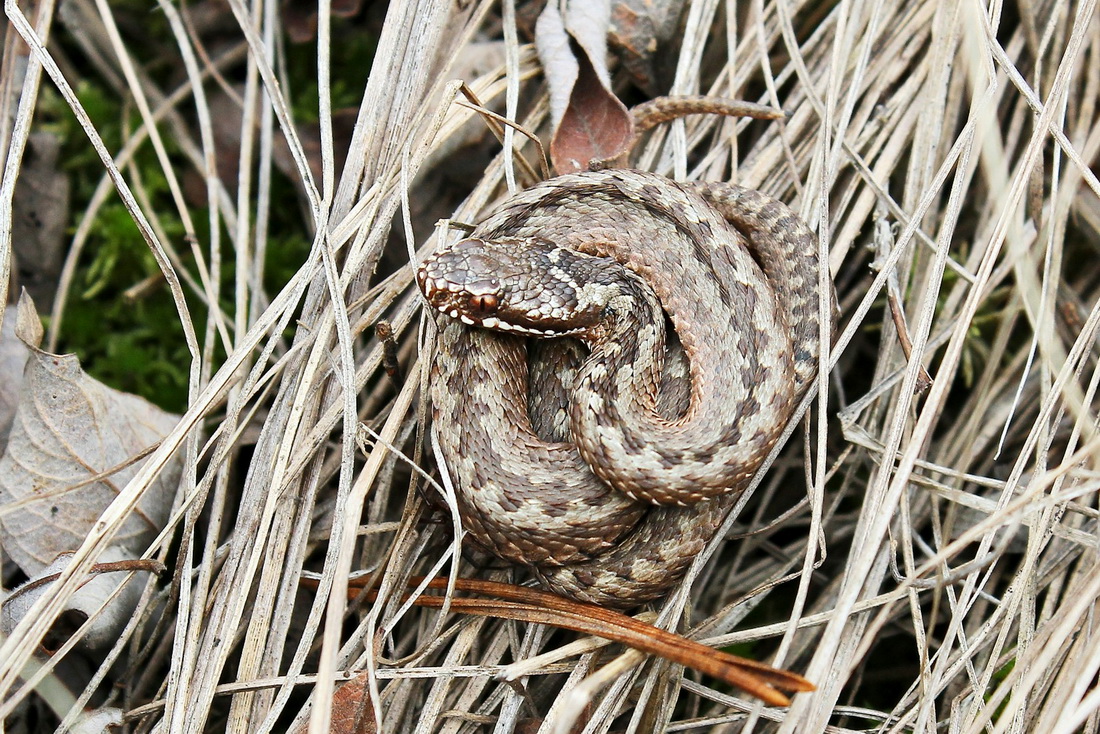
Vipera berus — rare, shy, and usually more scared of you than you are of it. Still, best admired from a distance.

Ticks are tiny — just 3 to 5 mm — but it’s smart to check after hiking through grass or woods. Photo: Erik Karits
Snakes?
Yes, they exist — but don’t panic. Most are harmless grass or water snakes. In higher, sunnier trails, you might see a viper (Vipera aspis or berus), but they avoid humans.
Just stomp a little on the trail — they’ll hear you and move away. Don’t flip rocks or sit in tall grass barefoot.
Ticks
They’re active April to September, especially in grassy or wooded mountain areas. After a hike, check your clothes and skin. In Italian, a tick is called zecca, and tweezers are pinzette.
Mosquitoes
Not a huge problem, but they’re around from June to August — especially near water and in the evening. Bring repellent if you’re prone to bites.
Do they speak English at Lake Como?
Short answer: yes — enough to get by.
In hotels, restaurants, ferry terminals, and tourist offices, you’ll almost always find someone who speaks English. Menus are usually bilingual, and signage is clear.
Not everyone is fluent, especially in smaller towns — but people are friendly, and you’ll get what you need with a smile, a gesture, and maybe a little Google Translate or Al.
Can You Swim in Lake Como?
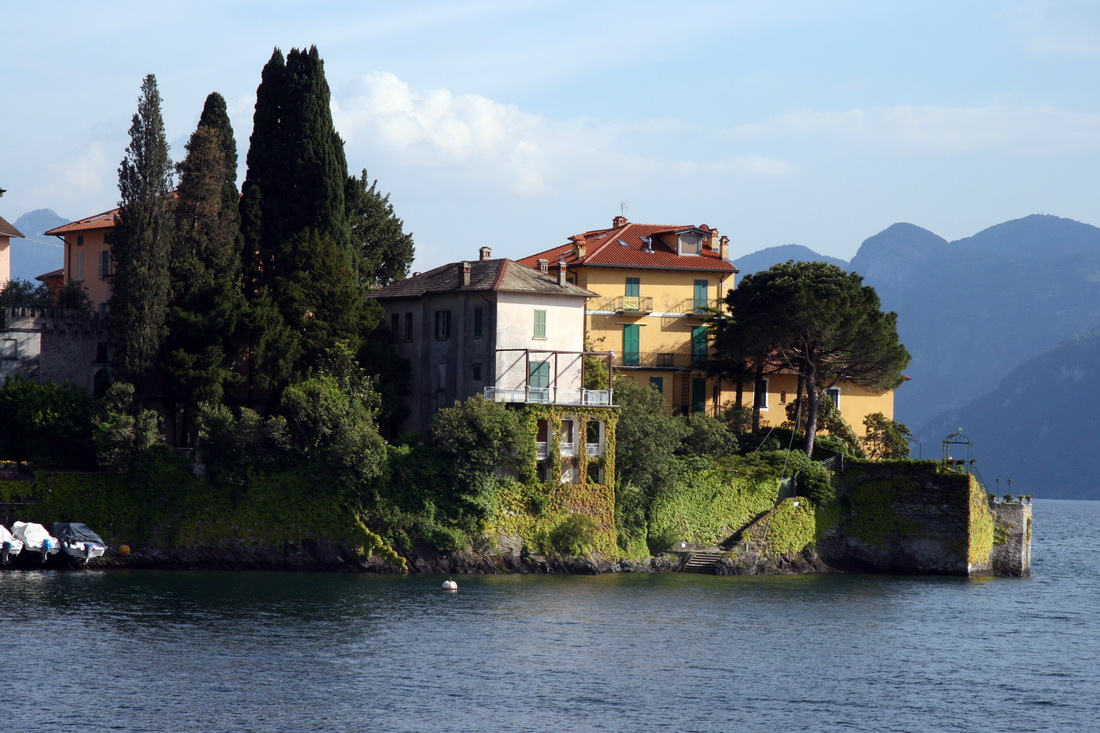
Lake Como isn’t your classic beach destination — but yes, you can swim here (if you don’t mind a cool dip and a few pebbles).
You can — and many do. Just don’t expect soft sand and warm waves.
Lake Como is deep, cold, and often better for admiring than diving into. But if you’re up for a dip, there are plenty of places to swim.
The basics:
- Swimming season: early June to early September
- Water temperature: around 22–24°C in July
- Depth: it gets deep fast — often more than 10 metres just a few metres from shore
Where to swim:
- Public beaches — free, but often rocky or grassy. Look for signs that say Balneabile (swimming allowed).
- Lidos — paid beaches with sunbeds, changing rooms, and bars. Expect to pay €10–€25 for a lounger.
- Wild spots — little coves and grassy patches where locals go. Not always easy to access, but peaceful.
Tip: Bring water shoes. The rocky bottom can be a pain (literally).
Important: Swimming is forbidden in many spots — look for signs before jumping in.
Is Fishing Allowed in Lake Como?
Absolutely — as long as you follow the rules.
You’ll see plenty of locals and visitors fishing from piers, rocks, or small boats. Lake Como is home to perch, pike, zander, whitefish, carp, and more.
What you need:
- A fishing license (Licenza di Pesca) — available at any post office
- Basic knowledge of protected species: no fishing for sturgeon, loaches, bullhead, or lamprey
Good to know:
- No permit needed for kids under 13
- Some areas are off-limits or seasonal — always check local signs
- Fishing is allowed from most public shores unless marked otherwise
So yes, you can cast a line — and maybe catch something (or at least a peaceful moment) for your lakeside lunch.
Marking Your Spot in Lake Como
Lake Como can feel like a film set — polished, dreamy, a little surreal. But stay long enough, and it reveals something softer, less curated — a rhythm that doesn’t need to impress.
You probably won’t see everything. That’s part of the charm. Something will stay off your route — a garden gate locked for the season, a trail you didn’t have time for. That’s fine. Como isn’t made for checklist travellers.
Instead, it gives you space — to float, to wander, to order dessert without thinking twice.
Start with the famous stops. Let yourself be surprised by the quiet ones. And if you leave already missing it — good. That means you did it right.







